Best cheap video camera 2025: bargain picks for every kind of filmmaker
The best cheap video cameras of all kinds available today
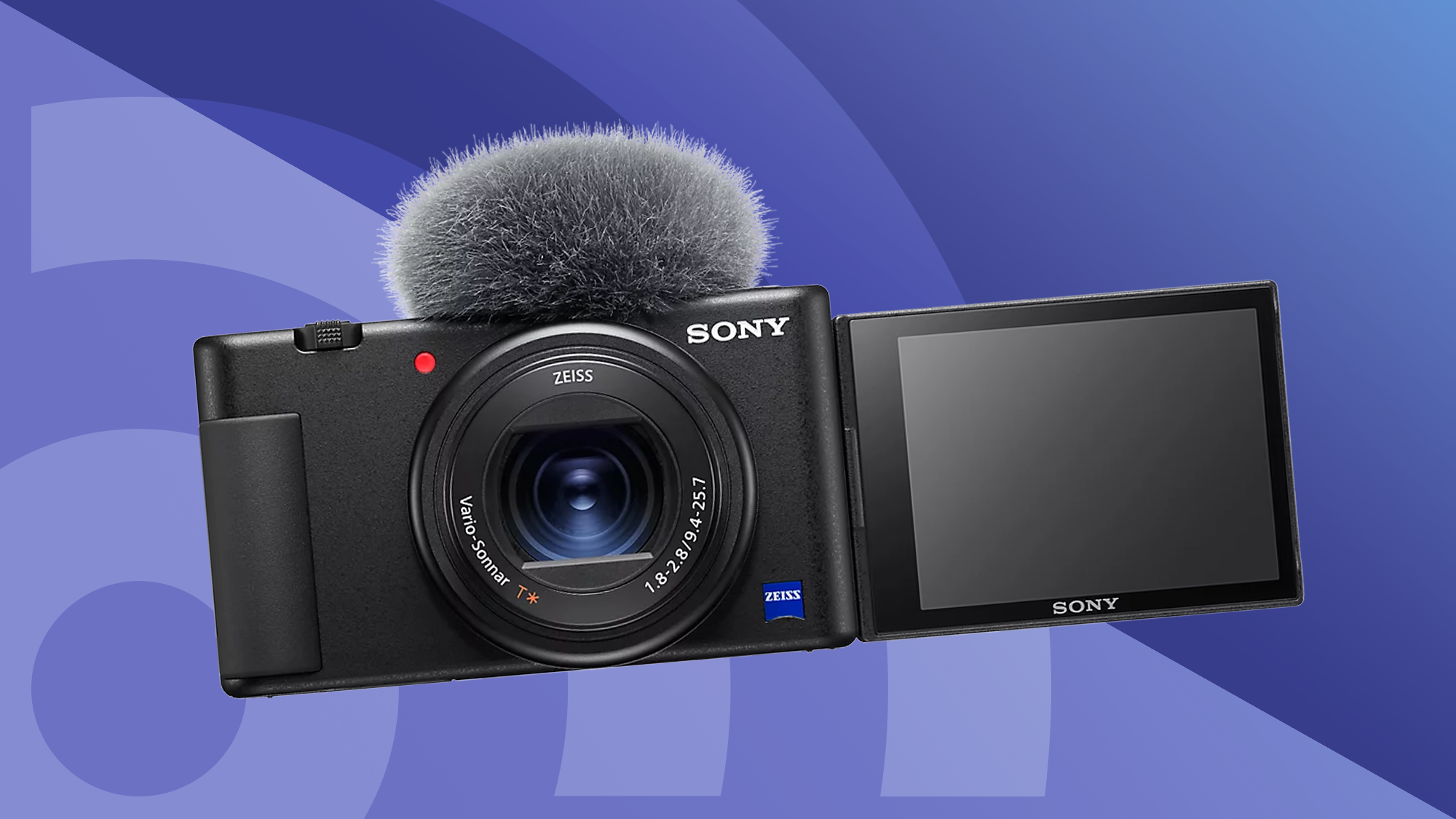
Affordability means something different to everyone, but the best cheap video cameras make top-quality movie making accessible to just about anyone and any skill level. We’ve put in the hours testing a wide range of low-cost cameras, and we believe the video-focused models in this list are the top choices for high-quality footage without breaking the bank.
Out of all the cheap video cameras that we’ve rigorously reviewed, the one we’d personally buy is the Sony ZV-1. We think it’s an excellent all-in-one compact for 4K video, with a generous set of video features, plus it offers much better value than the ZV-1 II, which was a disappointing upgrade. The list also includes mirrorless cameras and a gimbal-mounted option, plus the also consider section at the end of the article adds other favorites, meaning you'll find the closest fit for your needs and budget if the ZV-1 isn't your perfect camera.
The idea of this guide is to make it easy for you to choose a cheap video camera today. Everything featured here has been tested extensively by our expert team, and we’ve distilled our experience to give you a clear view of the positives and negatives for each camera, together with some useful buying insights.
Best by use-case
The summary below will give you a quick overview of the best cheap video cameras you can buy in 2025. When you find one that fits your requirements, you can use the links beneath each entry to jump down to our full summaries.
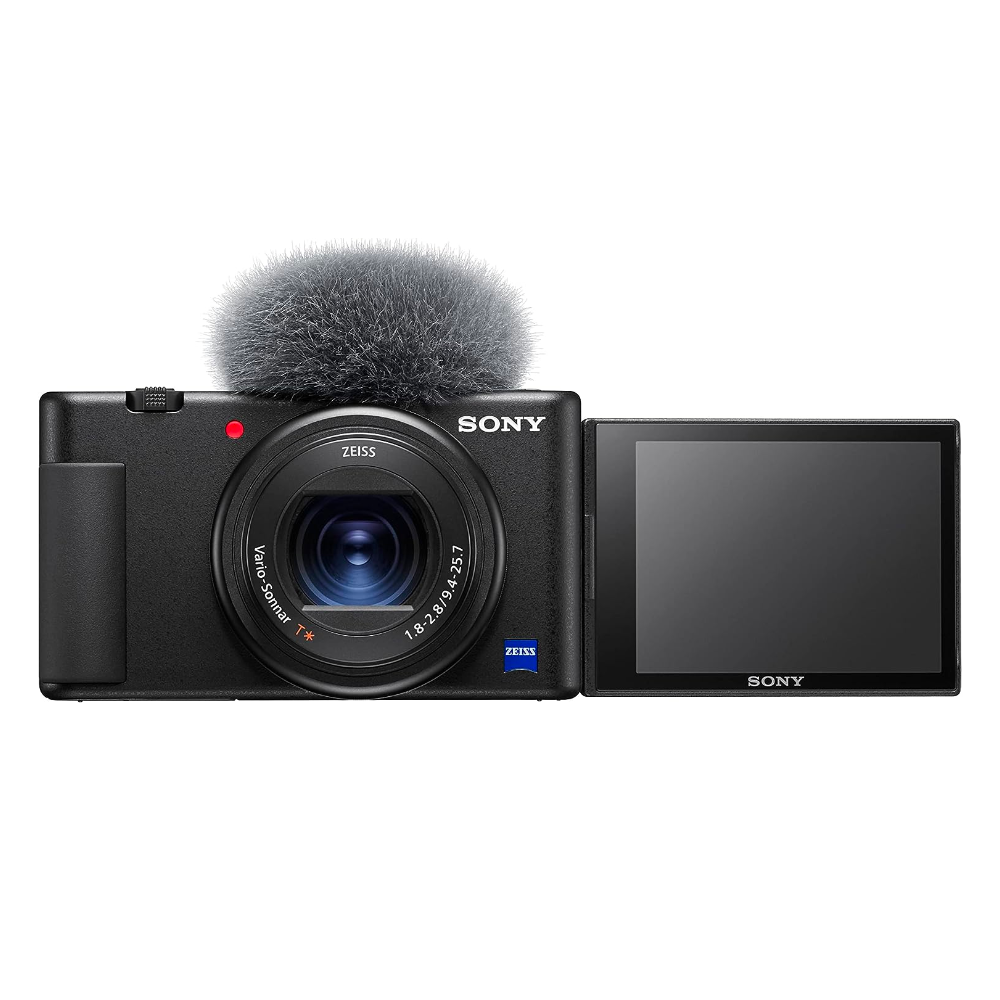
The best compact
Its 4K video, compact build, flip-out screen, tally lamp and superb autofocus combine to put powerful vlogging abilities in your pocket.
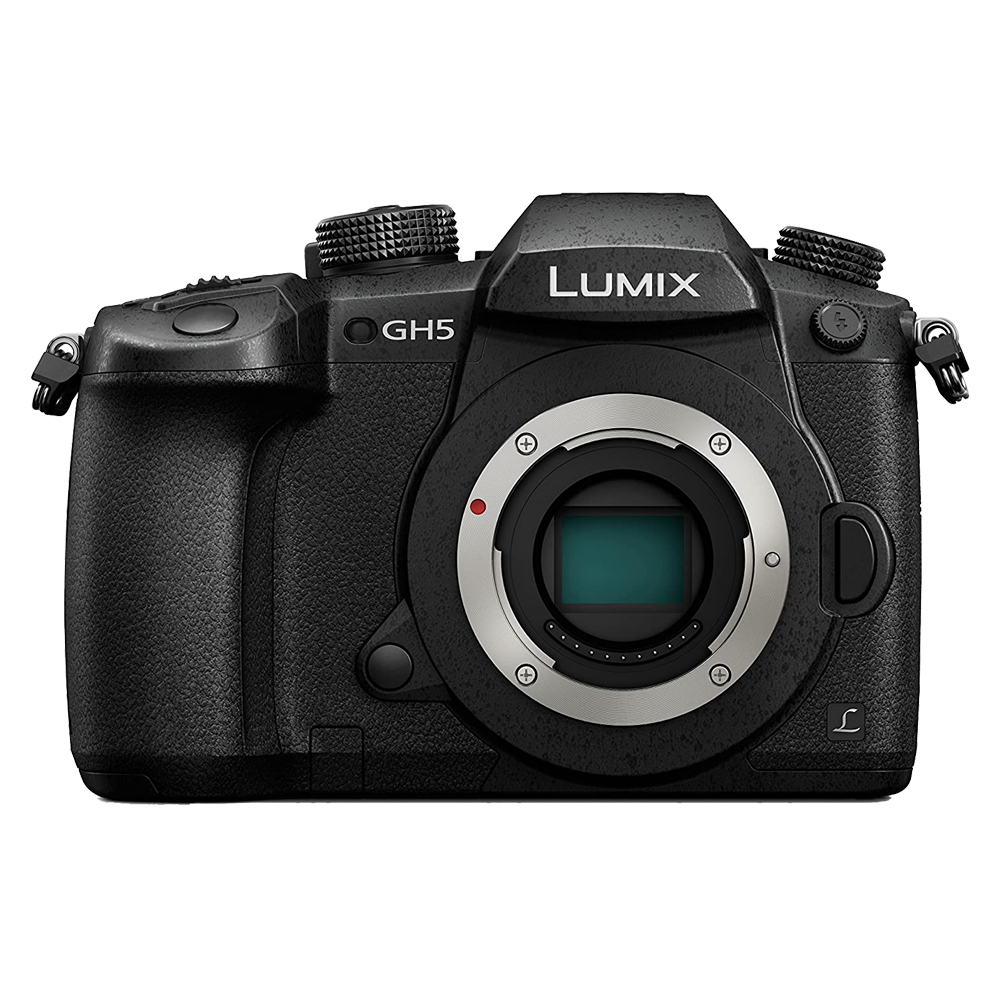
The best for aspiring filmmakers
A feature-packed Micro Four Thirds camera with excellent video skills and amazing value now that it has been updated twice over with the GH6 and GH7.
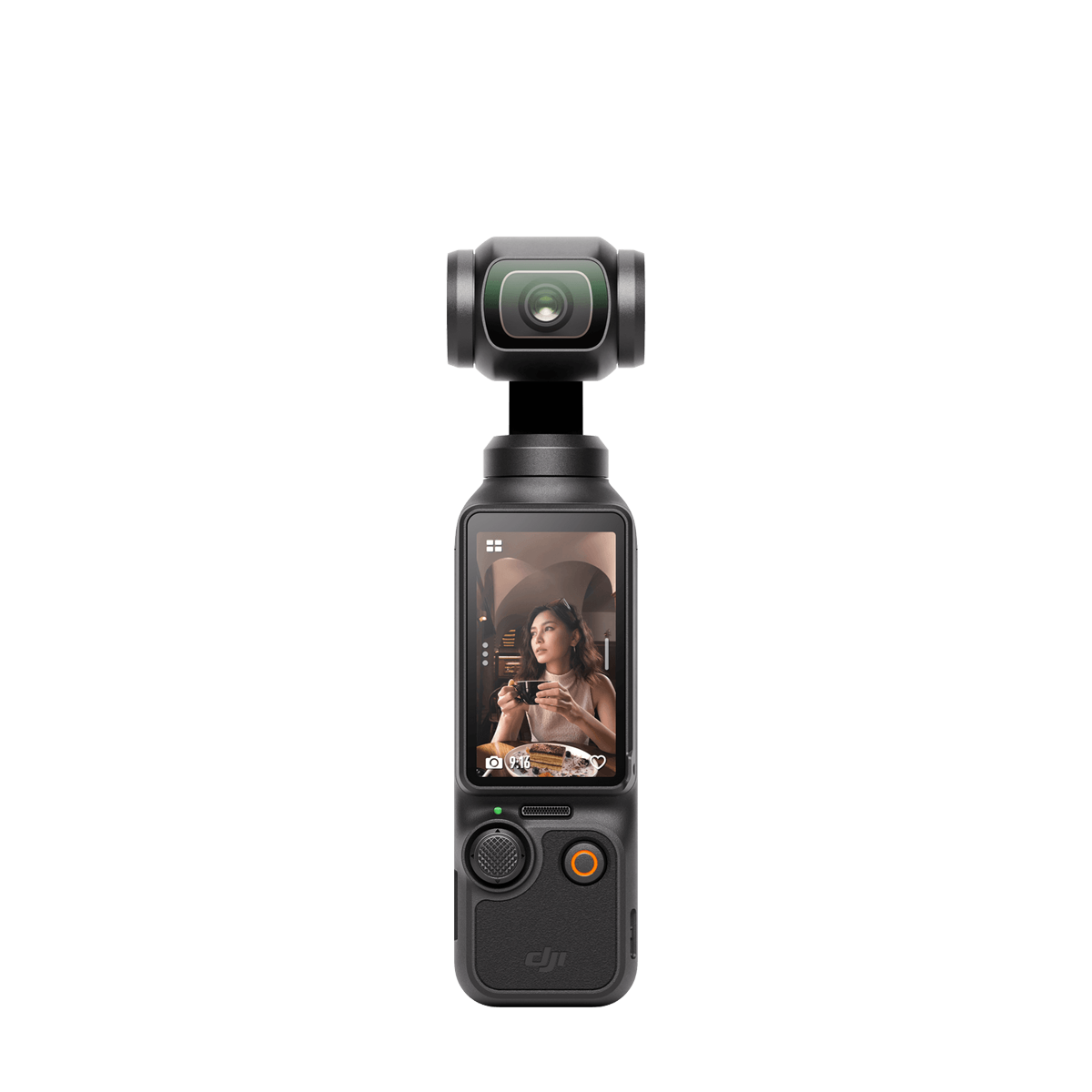
The best stabilized
With a 1-inch sensor and a touch display that can flip video to vertical, this is an affordable content creation tool.
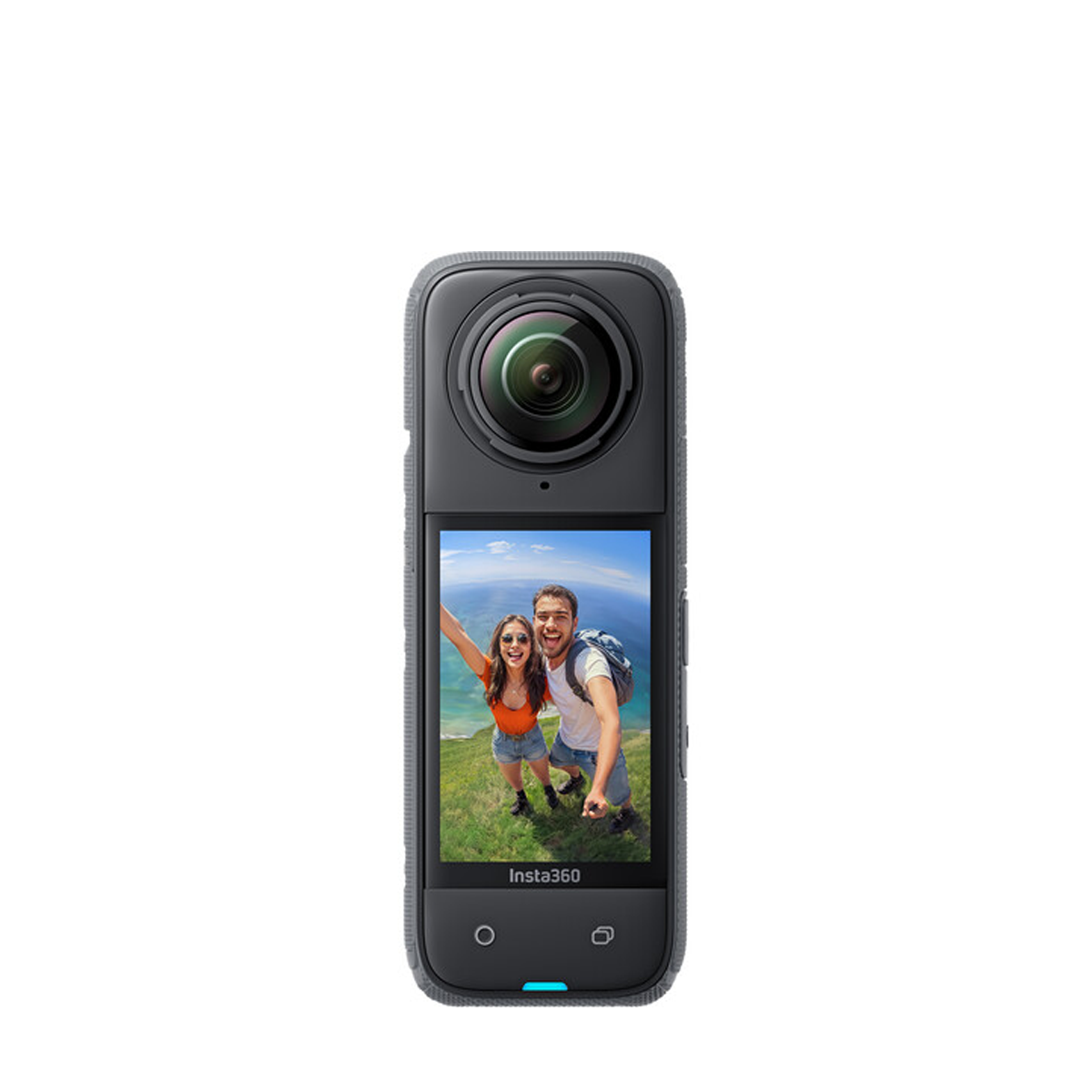
The best 360
It's the best 360-degree camera available with superb 8K footage and excellent battery life, but and also decent value.
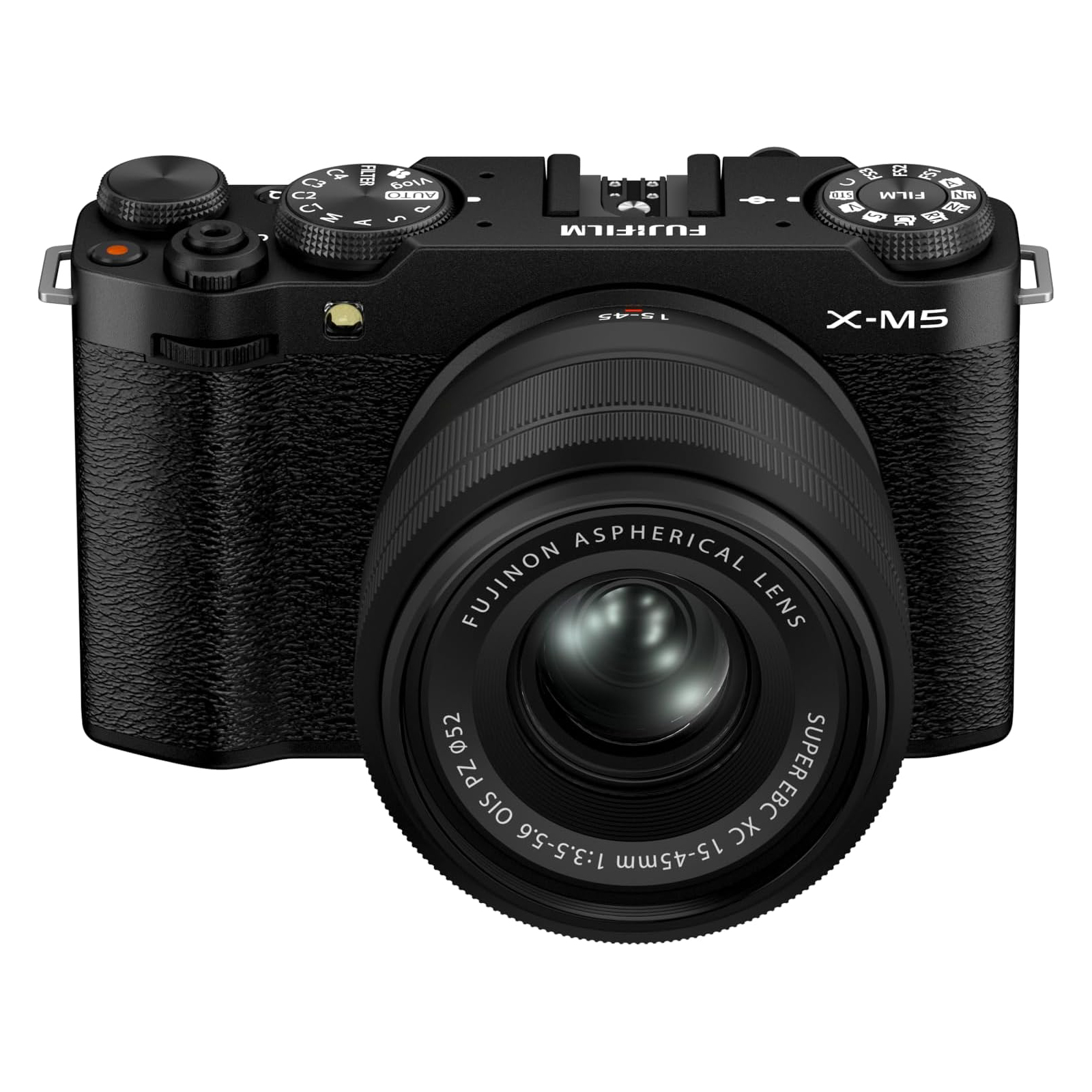
The best system camera
If you don’t need a viewfinder, the X-M5 is a powerful little 6K video tool for vlogging on the go, and double up for excellent every day snaps.
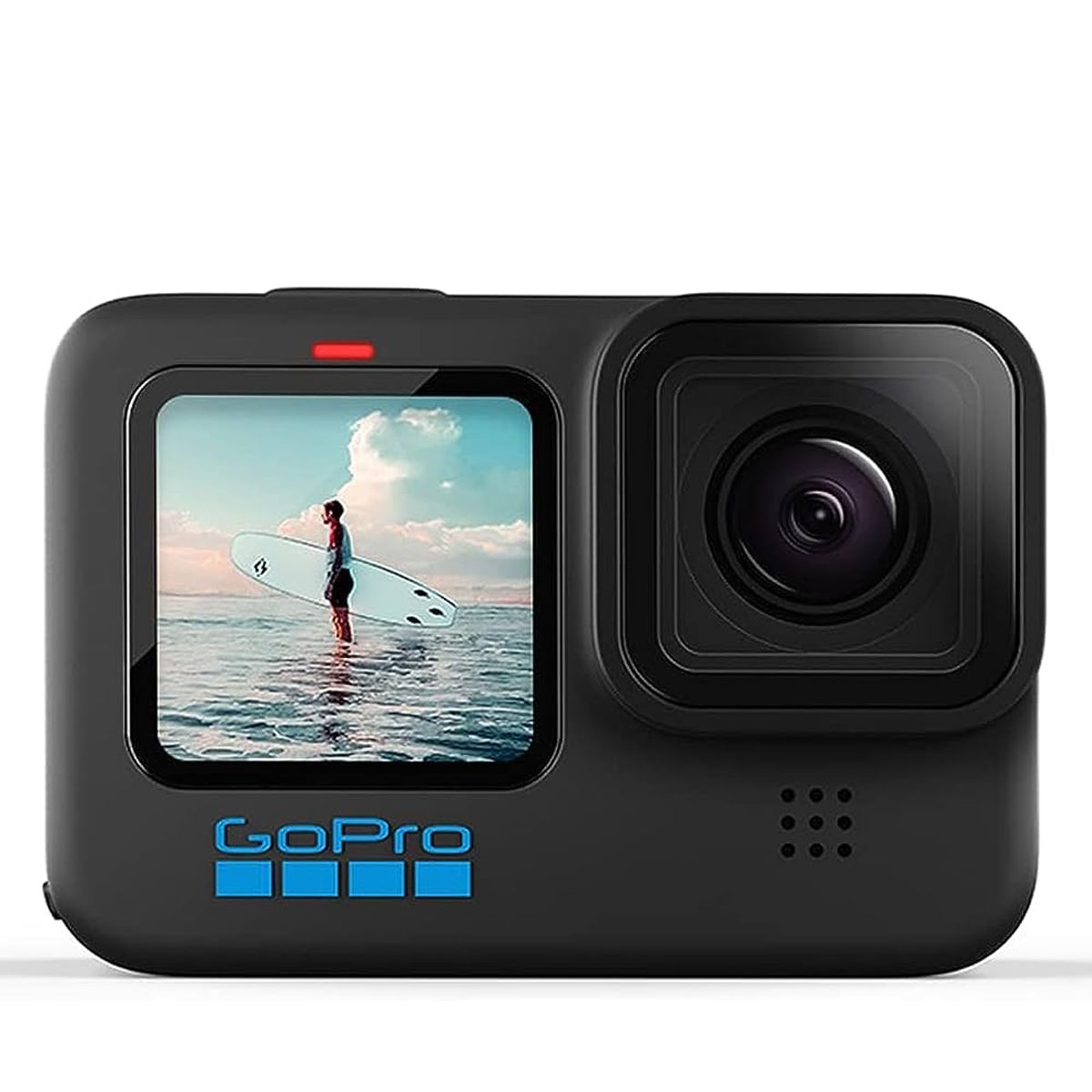
The best action camera
If you don’t need the latest flagship GoPro features, Hero 10 Black offers the best value, with the ability to shoot 4K/120p video.

Tim is TechRadar's Cameras Editor. With more than 15 years' experience in the photo/video industry, Tim has had the opportunity to shoot with countless cameras, including many of the best cheap video cameras. As a result, he has a unique insight into what makes a great-value camera for videography. Tim notes; "You don't need to spend a lot today to get pro quality video, though you do need to work smart to get the best results with the budget-friendly cameras included below. Every option included here has one up on your smartphone – whether that's full waterproofing, gimbal stabilized footage, or the option to swap lenses."
The best cheap video cameras for 2025
Why you can trust TechRadar
Write-ups for each of the best cheap video cameras in our list can be found below. Each model has been thoroughly tested and we're picky over which cameras come recommend.
The best cheap vlogging compact camera
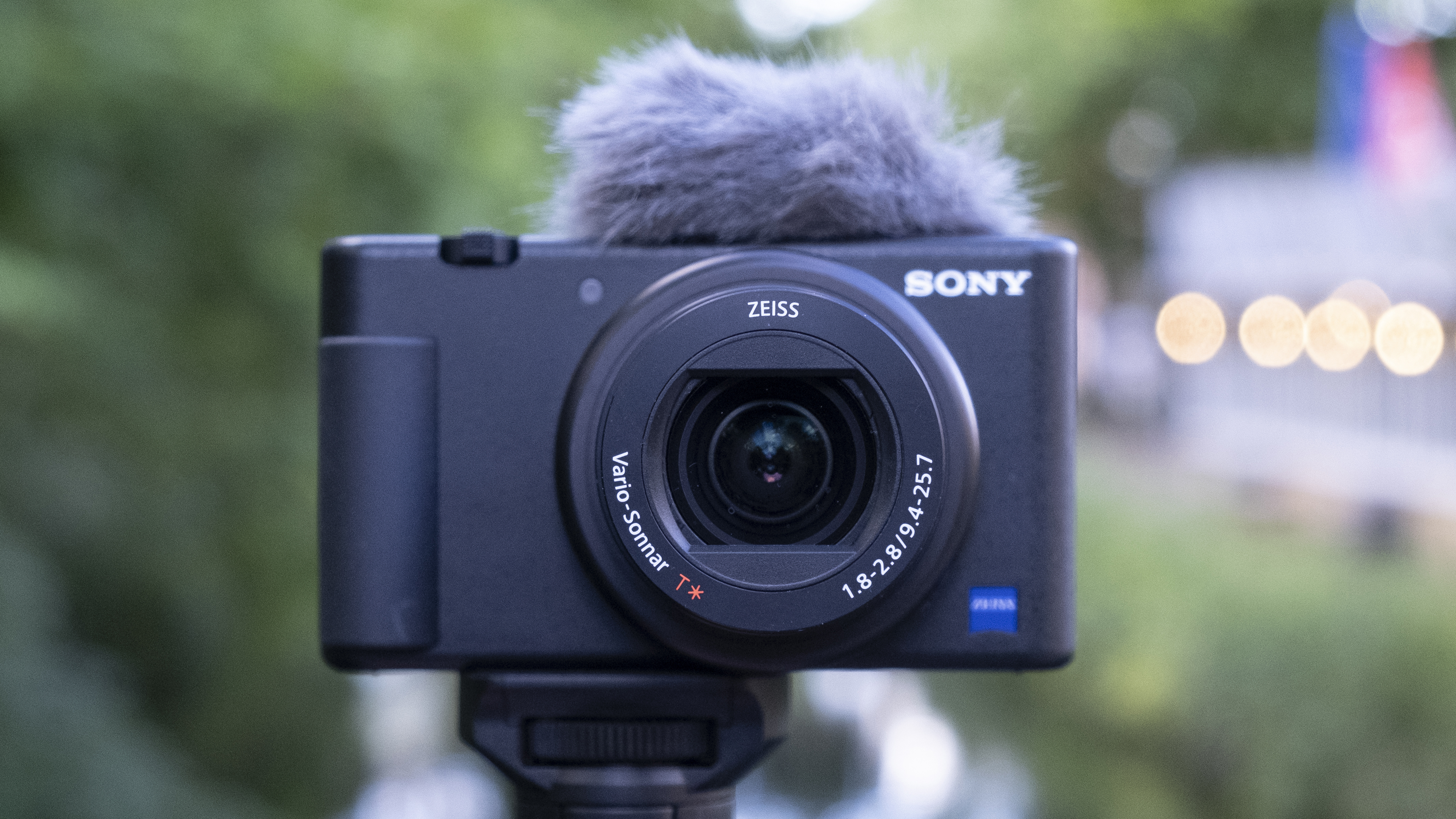
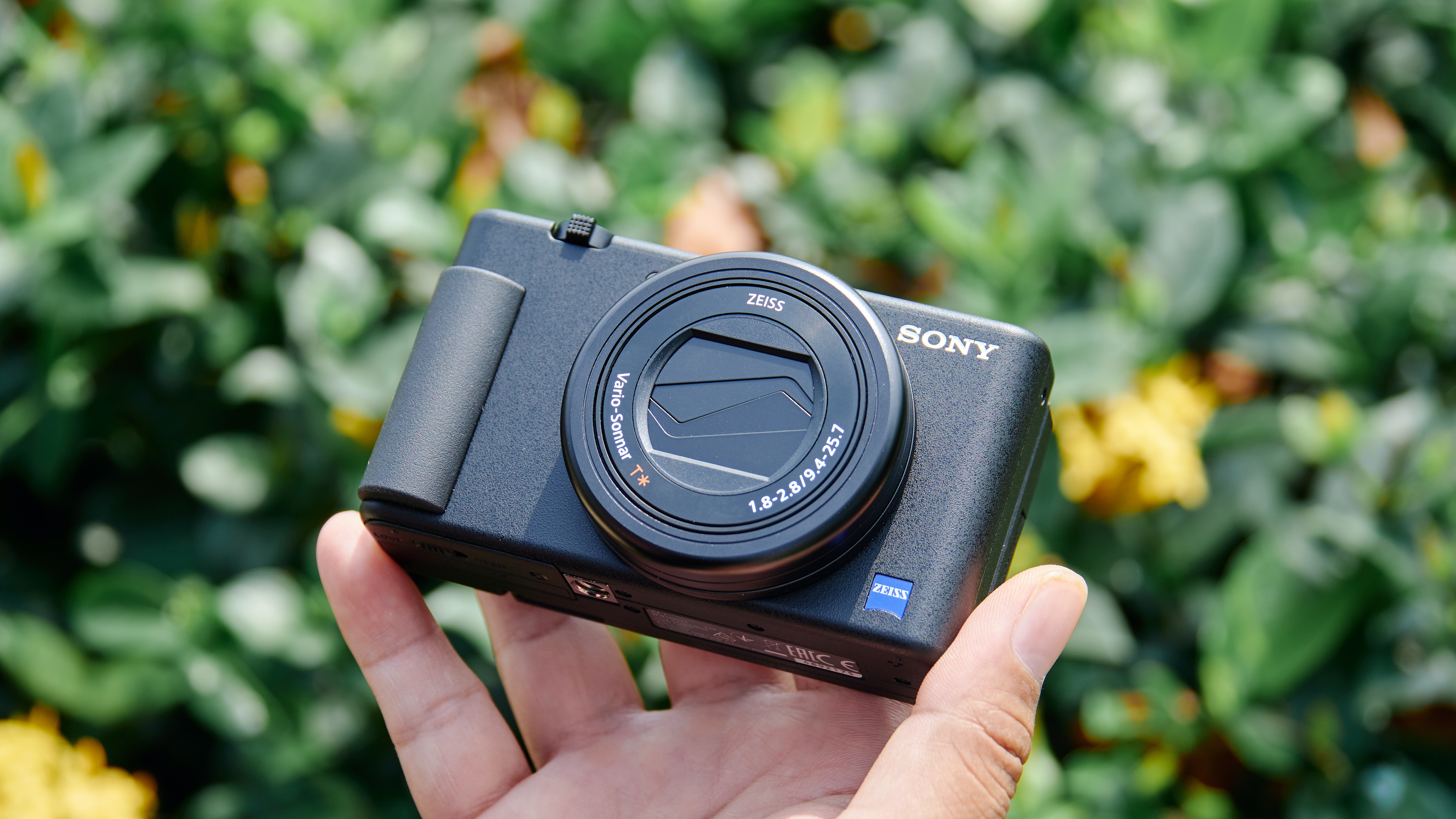

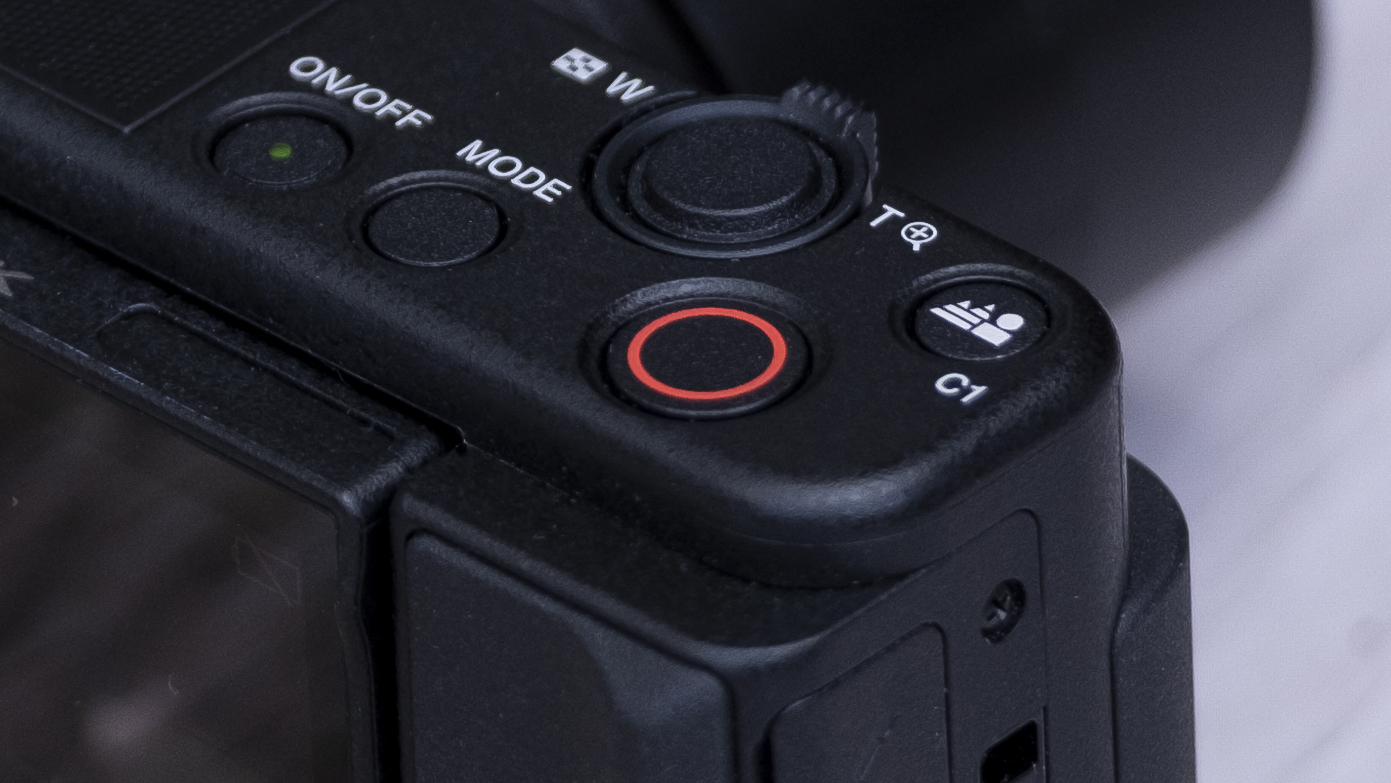

Specifications
Reasons to buy
Reasons to avoid
✅ You want a powerful vlogging compact: With top specs in a tidy body, the ZV-1 is an excellent tool for shooting vlogs and YouTube videos.
✅ You want excellent autofocus: Sony's Real-time tracking and Real-time Eye AF systems are the class of the field for keeping subjects sharp.
❌ You need an all-weather camera: One feature missing from the ZV-1's spec sheet is weatherproofing, so it needs to be treated with care.
❌ You want the smoothest possible footage: Active SteadyShot stabilization does a good job, but can't match the DJI Osmo Pocket 3.
The ZV-1 is a pocket-sized point-and-shoot with powerful video capabilities. In testing, we found that its 1-inch sensor and bright f/1.8-2.8 lens can capture sharp 4K video with smooth background bokeh, even if frame rates top out at 30fps. We noted positively its support for color profiles like S-Log2 and S-Log3, while a built-in ND filter makes it easier to capture better quality footage in bright sunlight. We also found Sony's class-leading autofocus tech did a great job of keeping human subjects in constant sharp focus.
It has built-in image stabilization too, but be warned: we found that the system applies a sizeable crop to the image frame when at its most effective, which means shooting yourself while holding it requires you to keep your arm fully stretched. Still, we think it's a very solid package for vlogging, particularly as it includes an articulated screen and three-capsule microphone, despite its compact size. We'd pick this over the pricier ZV-1 II, which simply doesn't do enough to improve on the Z-V1.
Read our in-depth Sony ZV-1 review
The best cheap video camera for aspiring filmmakers

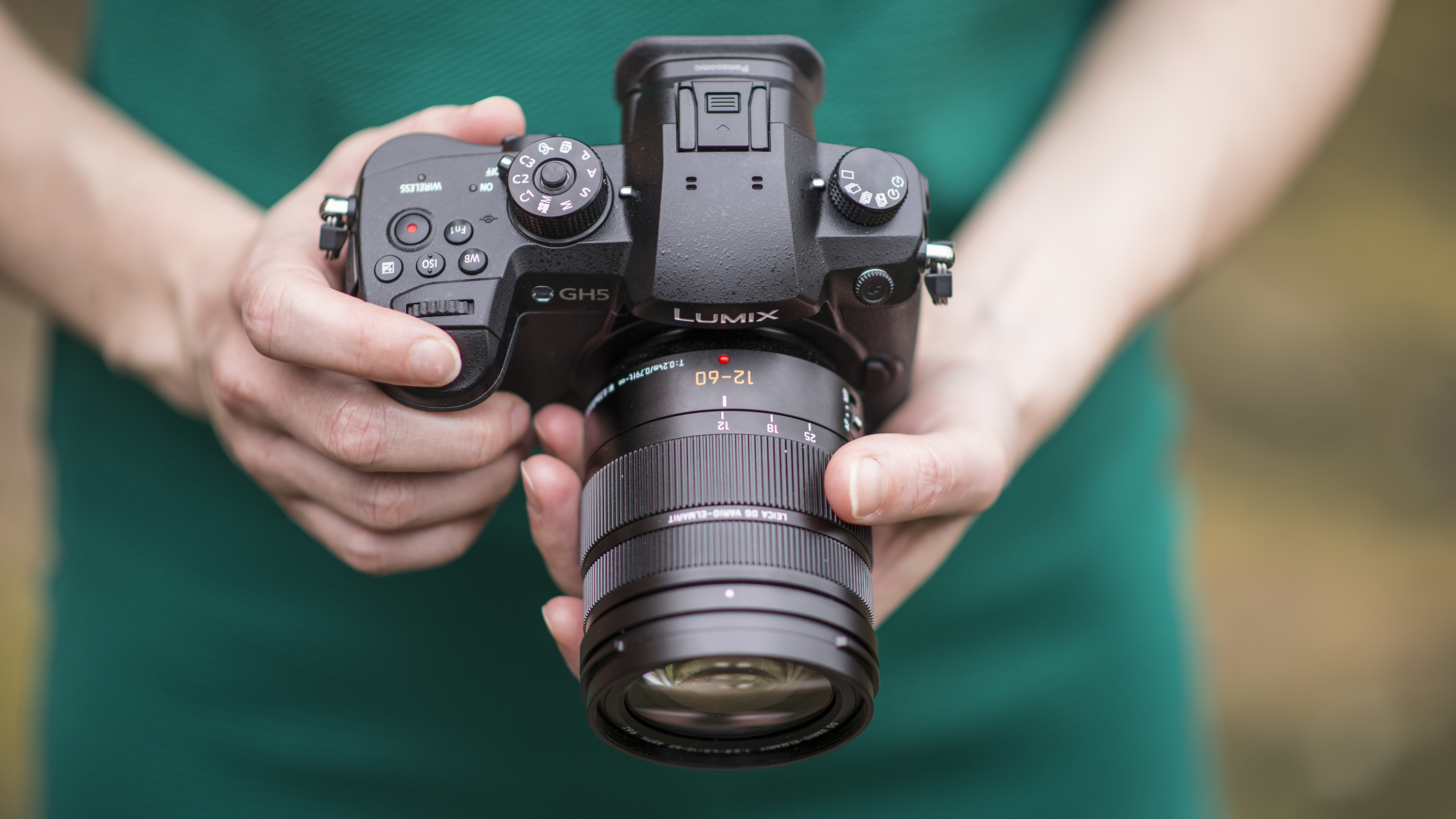

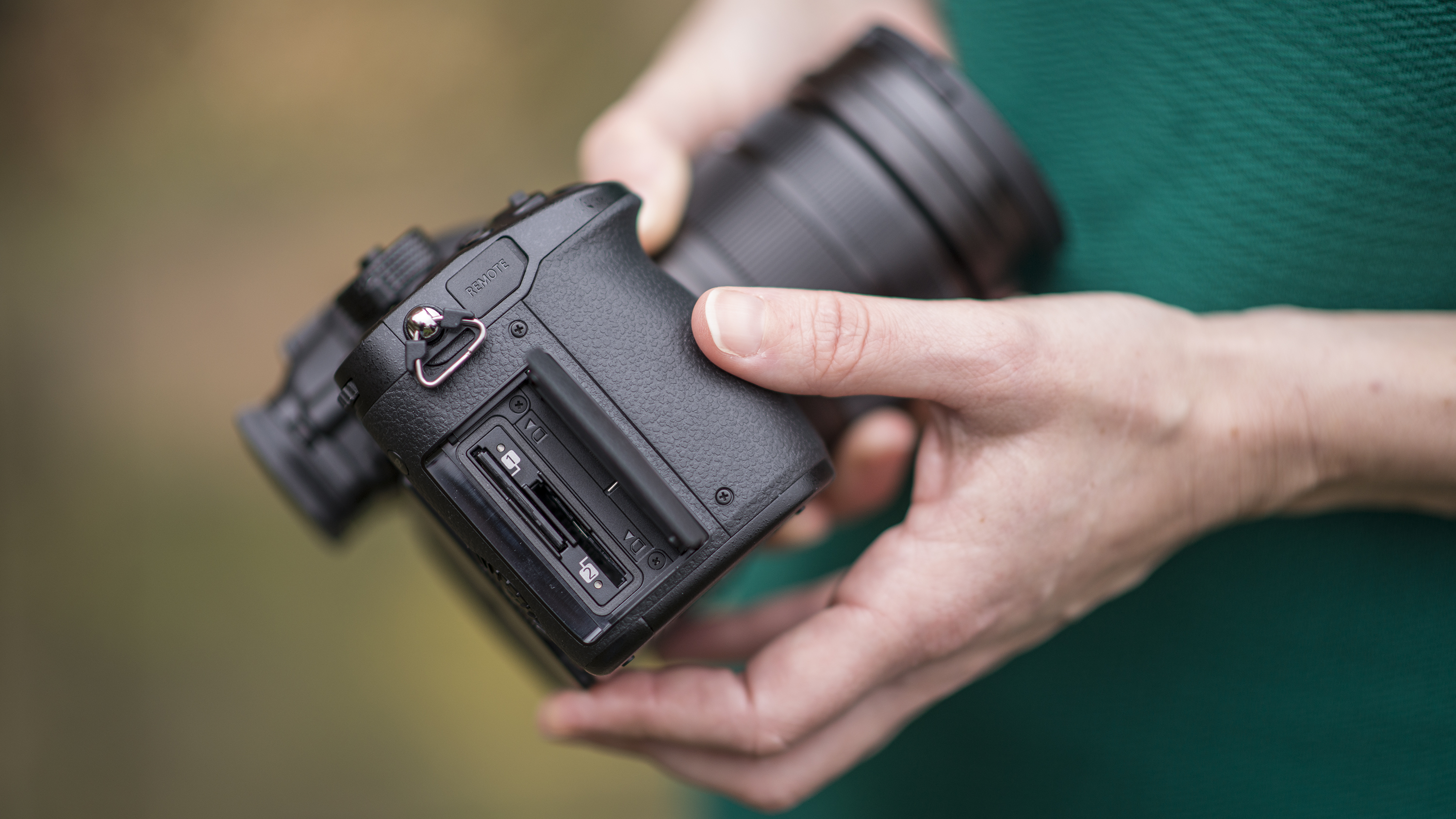
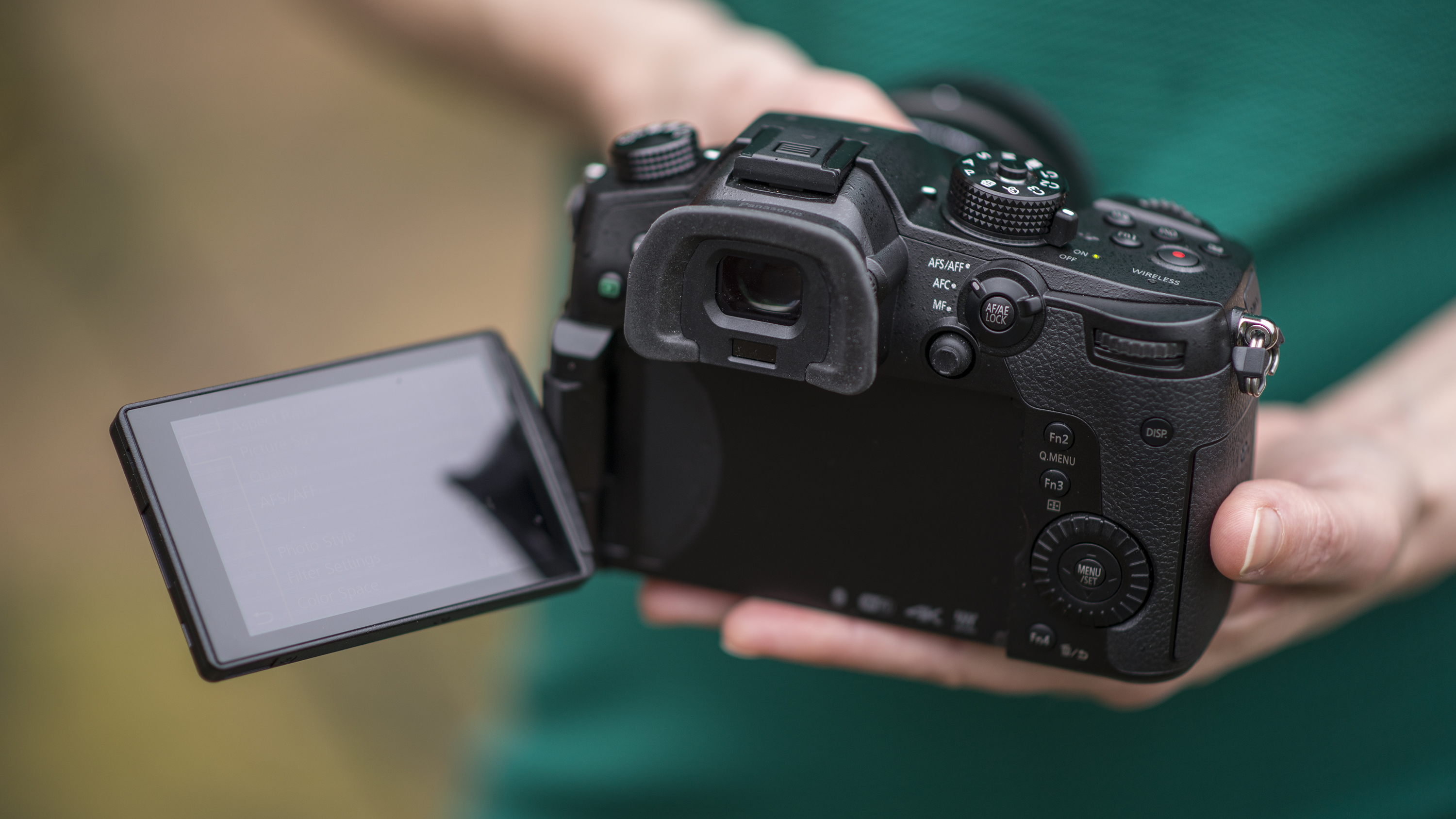
Specifications
Reasons to buy
Reasons to avoid
✅ You want a high-spec video camera: It might not be brand-new, but the Lumix GH5 still has a comprehensive spec sheet for video.
✅ You value good handling: A big touchscreen, direct access controls and an ergonomic design make this a lovely camera to shoot with.
❌ You want the latest autofocus: Contrast-detection autofocus is fine, but newer phase detect systems perform better overall.
❌ You want a bargain camera: At its current price, the GH5 is fantastic value, but it's not objectively the cheapest option out there.
Released as the company’s flagship video-centric mirrorless camera back in 2017, the Panasonic Lumix GH5 remains a powerful tool for serious filmmakers. It has been superseded by more recent and higher spec models: the GH5 Mark II, GH6 and more recently the GH7. However, you can still buy it new and, because of its age, it represents even better value. Our review found that it can record beautiful Cinema 4K footage at 60fps with a bitrate of 150Mbps, and supports 10-bit color depth and 4:2:2 subsampling. It can also output Apple ProRes to an external recorder via its HDMI port, and (when equipped with an optional adapter) can record sound through high-end XLR microphones.
In testing, we found that its contrast-based autofocus system generally works well, although it does feel a little hesitant compared to more advanced hybrid systems, including the phase detection system used by the GH7. We think it's still a great camera to use though, with good handling and controls, a sizeable 3.2-inch flip-out touchscreen which is useful for shooting from tricky angles and weather-sealing for fuss-free outdoor operation. You can pick up the GH5 for less a three-digit sum new and for around half the price when buying from a trusted second-hand retailer.
Read our in-depth Panasonic Lumix GH5
The best stabilized pocket camera
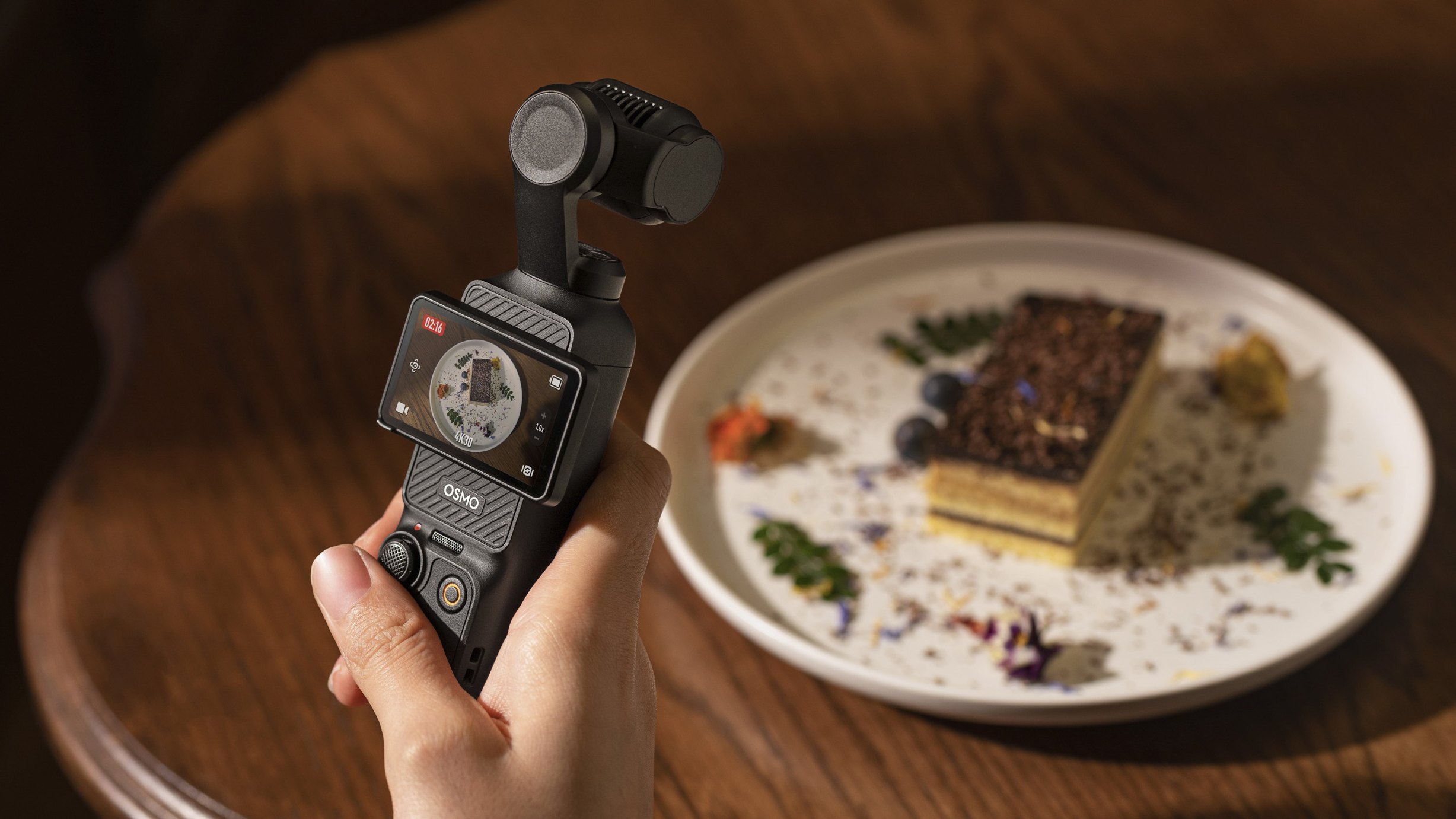
Specifications
Reasons to buy
Reasons to avoid
✅ You want a content creation tool: Portrait recording at 3K resolution makes this a camera purpose-built for social media video.
✅ You want smooth, easy video: True to its name, the Pocket 3 is a pocket-friendly solution for shooting steady vlogs wherever you go.
❌ You shoot a lot of photos, too: Low-light image quality is better than it was with the Pocket 2, but stills resolution is much lower.
❌ You’re happy with your smartphone: If you prefer filming with your smartphone, a gimbal mount like the DJI OM 5 makes more sense.
We rate the DJI Osmo Pocket 3 as the best vlogging camera. Equipped with a 1-inch sensor and neat 2-inch rear LCD that rotates between horizontal and vertical, it's a powerful and pocketable tool. That rotating screen makes it easy to switch aspect ratios for social. You also get DJI's famed 3-axis gimbal-mounted camera which produces silky smooth on-the-go video, all in a super-tiny pocket-friendly device. If you're after pro audio, we recommend adding the DJI Mic 2 kit which instantly pairs with the Pocket 3 for fuss-free wireless pro audio.
It's not a perfect camera. In testing, we found that it can get hot when shooting long videos. It's also not the most rugged camera in this list, and it's certainly not waterproof. But trust us: the Pocket 3 can shoot better video than your phone and is more convenient than many of the alternatives in this list, especially for vlogging. In addition to the advantages mentioned above, you can also shoot lovely looking slow motions videos with support up to 4K 120fps. Top stuff.
Read our in-depth DJI Pocket 3 review
The best value 360 degree camera
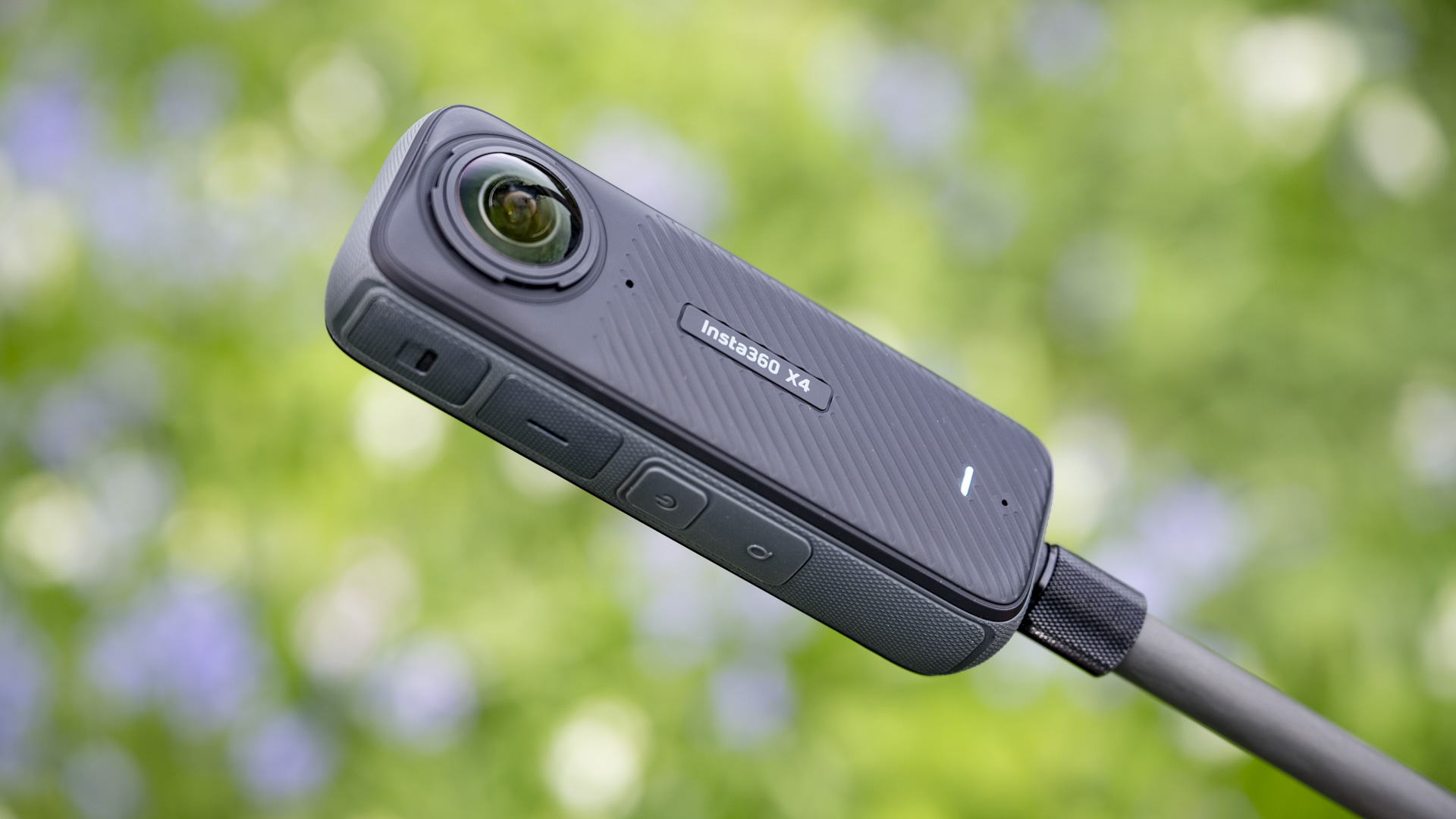

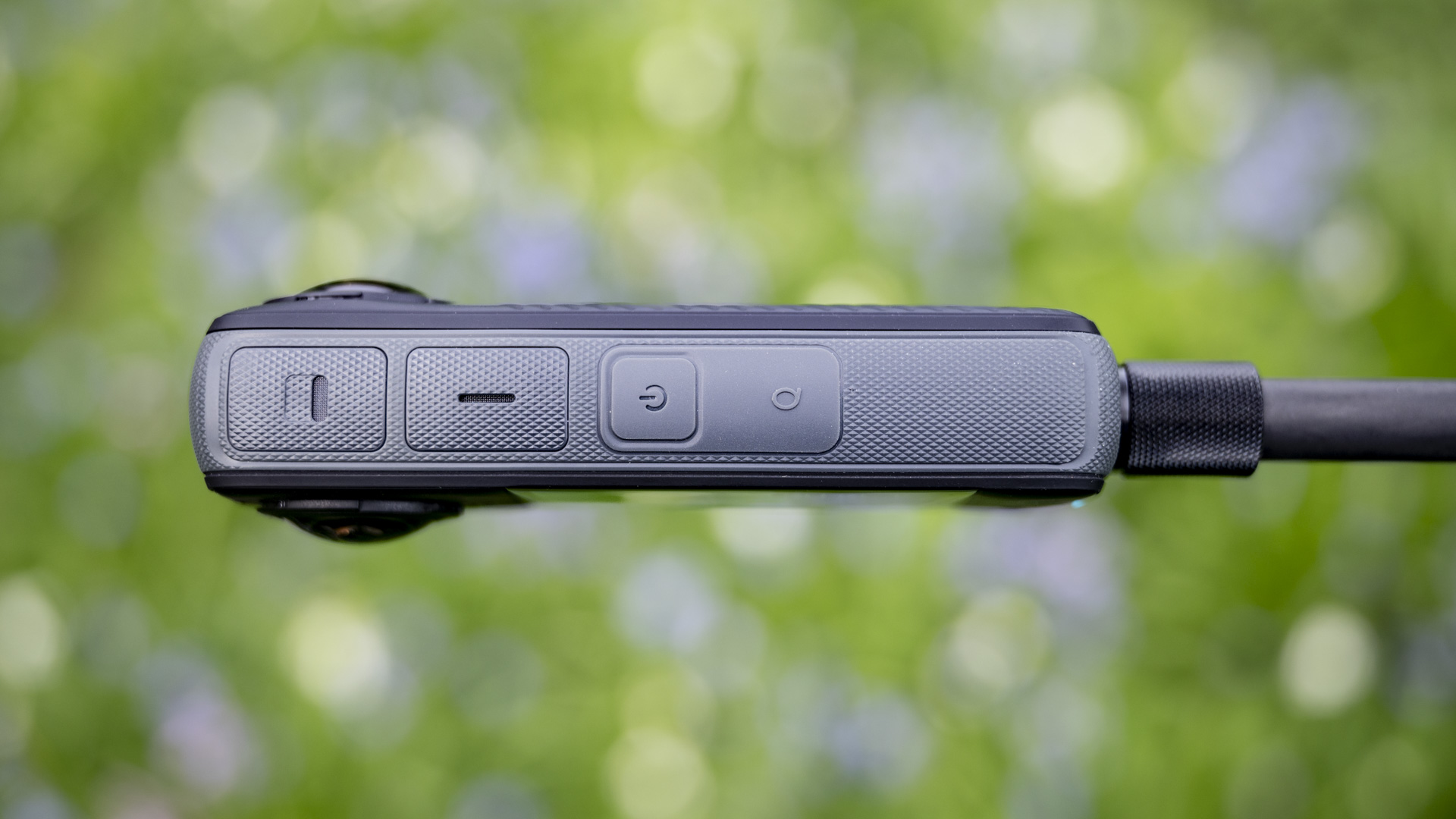
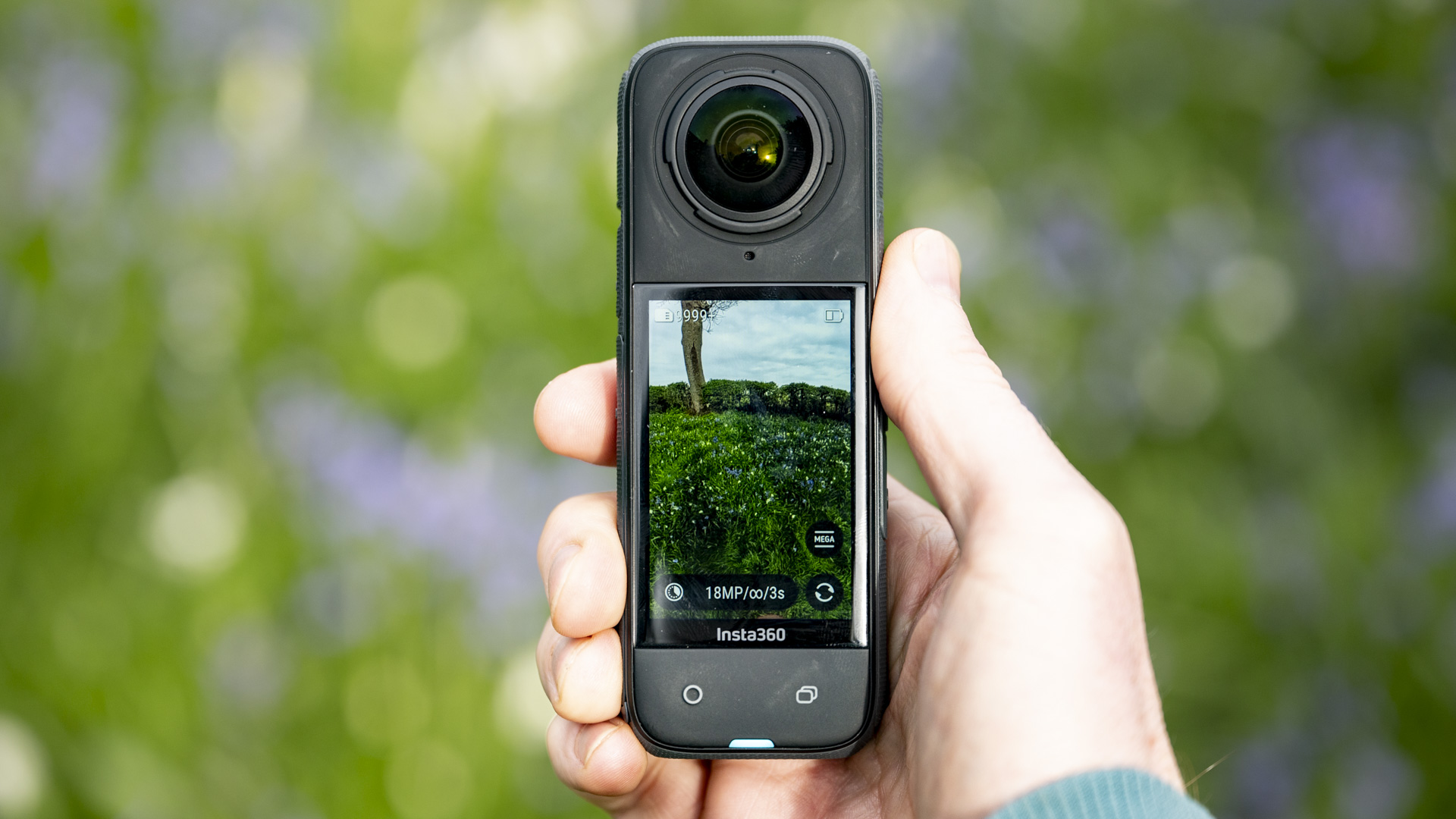
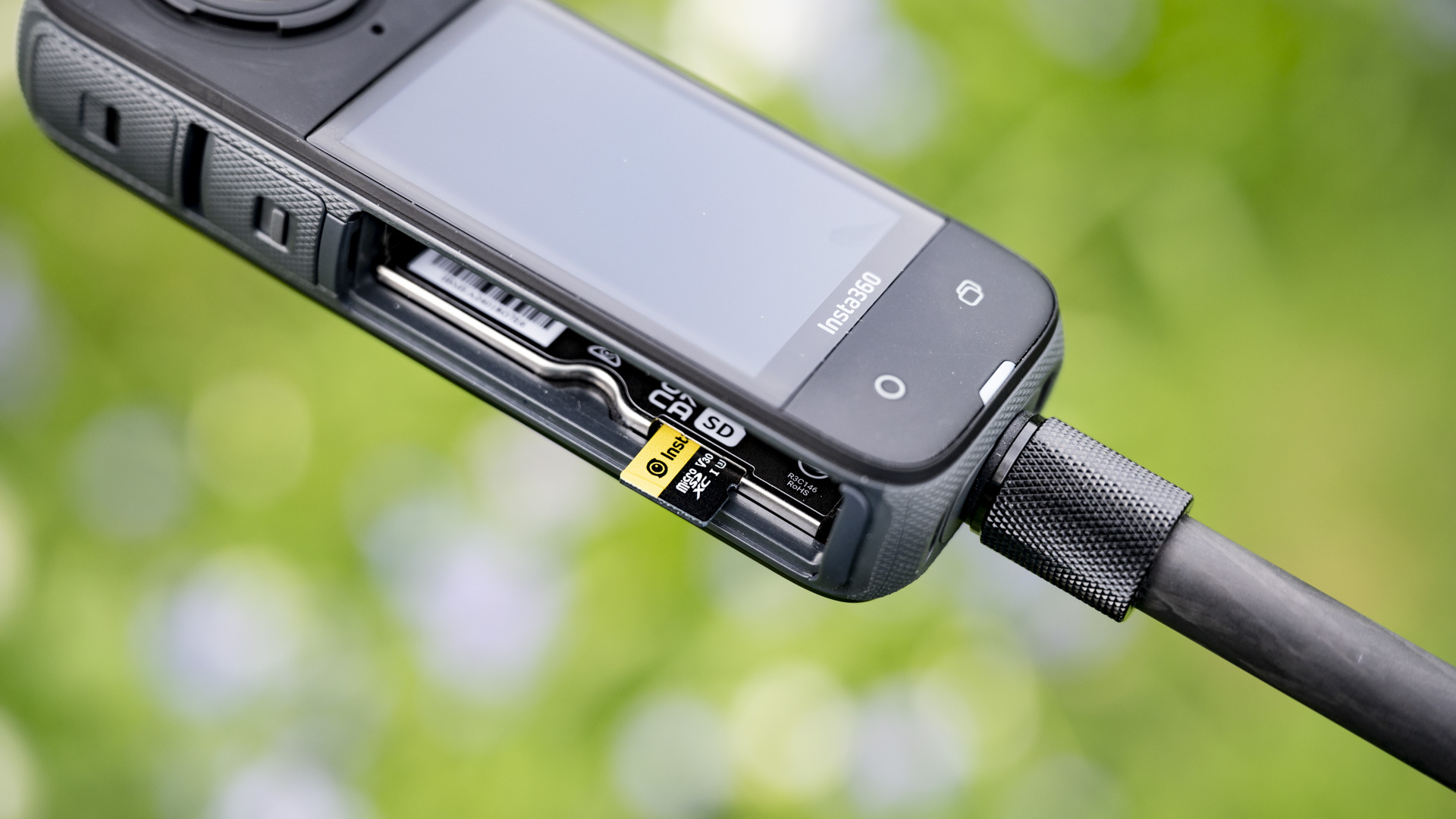
Specifications
Reasons to buy
Reasons to avoid
✅ You want to shoot 360-degree video: With two lenses, the X4 lets you shoot unique footage in full 360 degrees and frame it later.
✅ You want a very versatile camera: A full feature set, single-camera 4K mode and waterproofing make this a talented tool.
❌ You don't plan to shoot in 360: If you only need to shoot standard video, you can save money by going for a different camera.
❌ Your workflow can't handle large files: 360-degree video in 8K takes up a lot of storage space and processing power.
The Insta360 X4 recently took top place in our best 360-degree cameras guide. It upgrades the Insta360 X3 with higher-resolution 8K 360-degree video, plus it has some superb single camera modes with up to 4K 60p and shoot-first-frame-later FreeFrame mode. Combine its single camera chops with waterproofing up to 10m and you effectively have a solid action camera on your hands. Insta360 has improved the in-camera mics for more immersive sound, plus you can pair the device to external mics via Bluetooth. What sets it apart is the 360-degree video functionality, which captures footage you simply can't get from a smartphone.
In our review, we commented positively on its larger 2.5-inch touchscreen, which offers user-friendly control, plus significantly longer battery life – up to 135-minutes from a full charge. We also found the lens design better: you can now attach and remove the lens protectors which are necessary for intense outdoors action. We still get the best bits from before too: superb FlowState image stabilization and Horizon Lock plus Active HDR which retains stunning detail in high-contrast light. All in all, a superb multi-function camera that can make videos with a difference.
Read our in-depth Insta360 X4 review
The best compact vlogging camera system
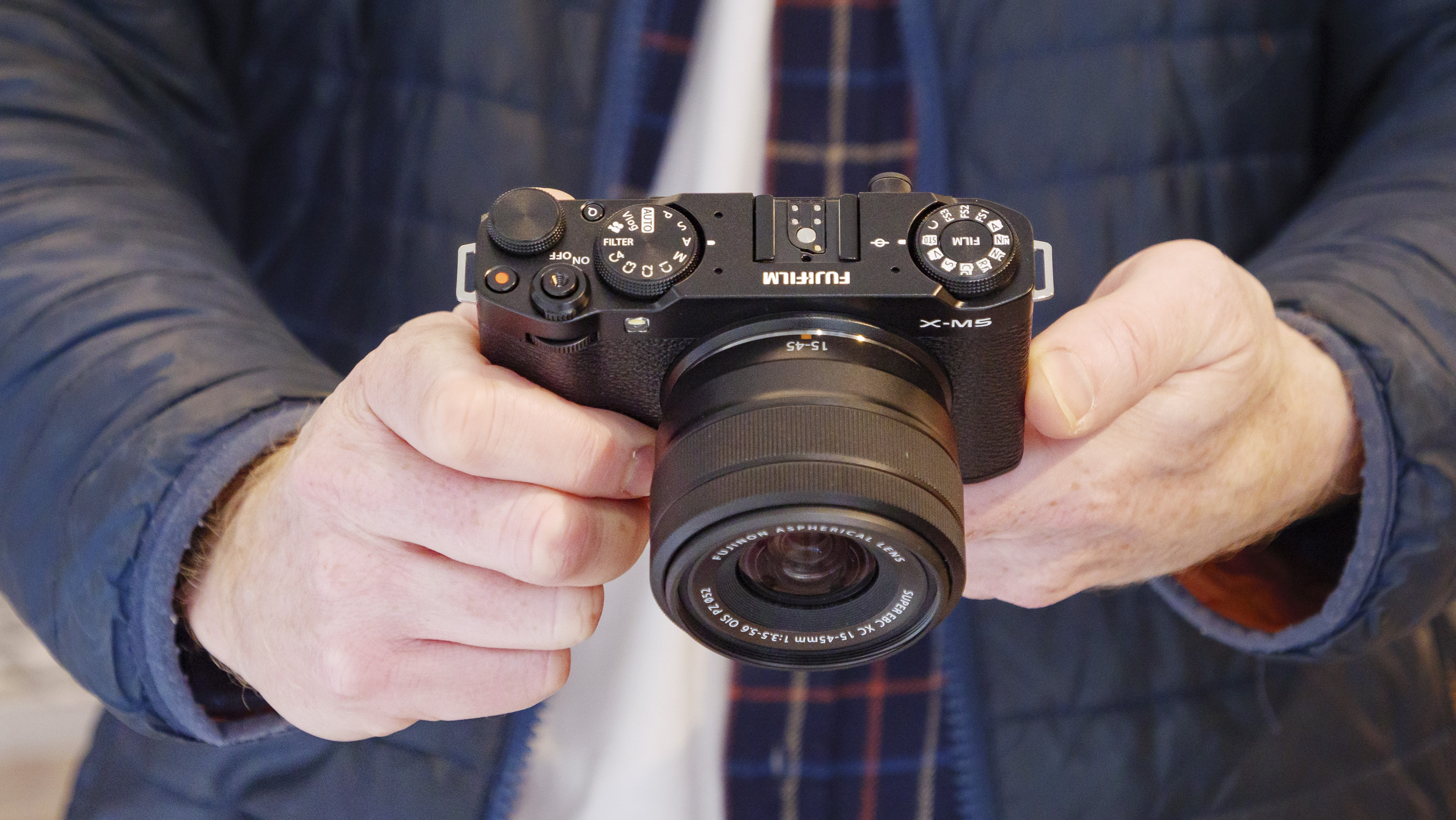
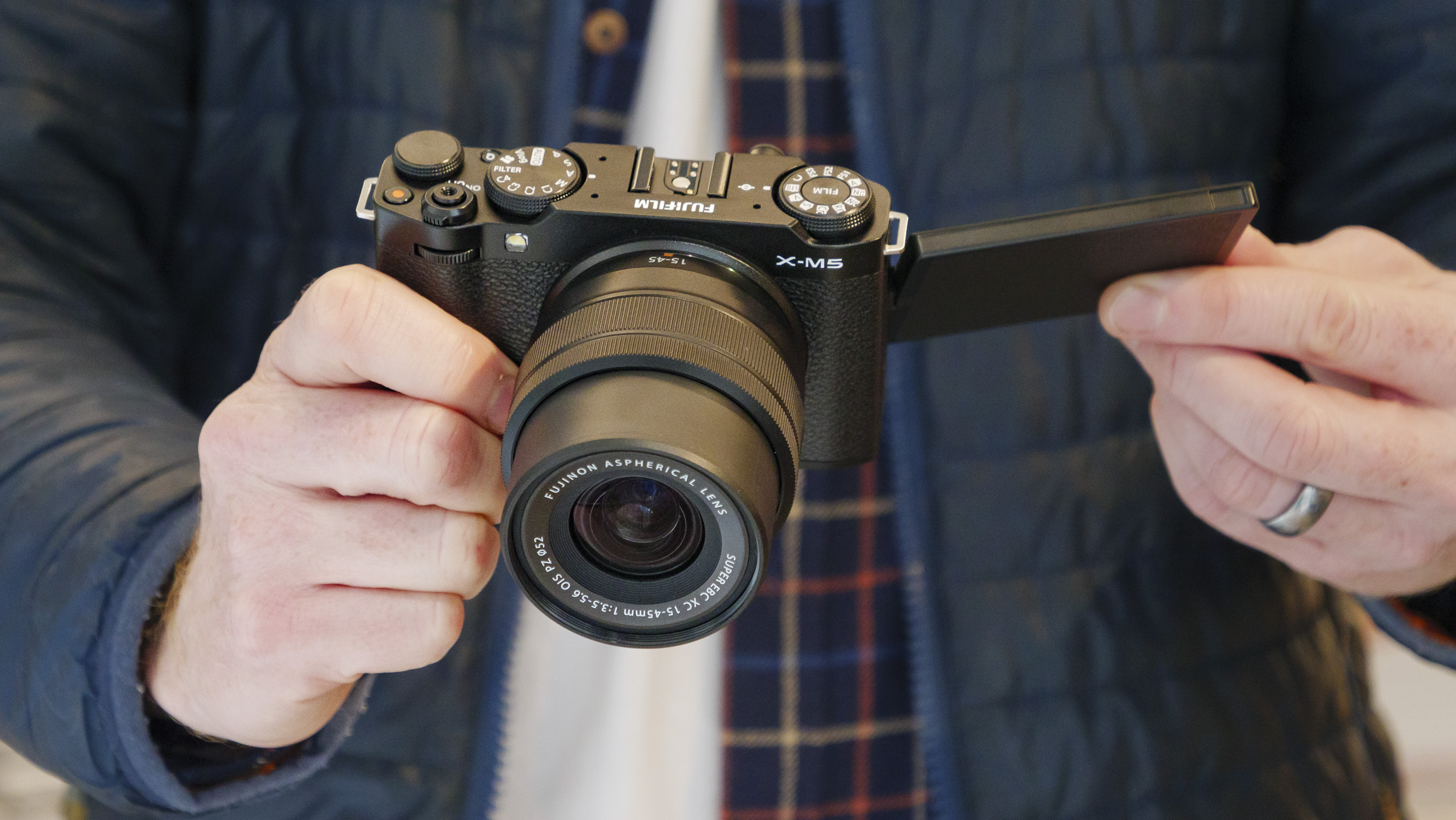
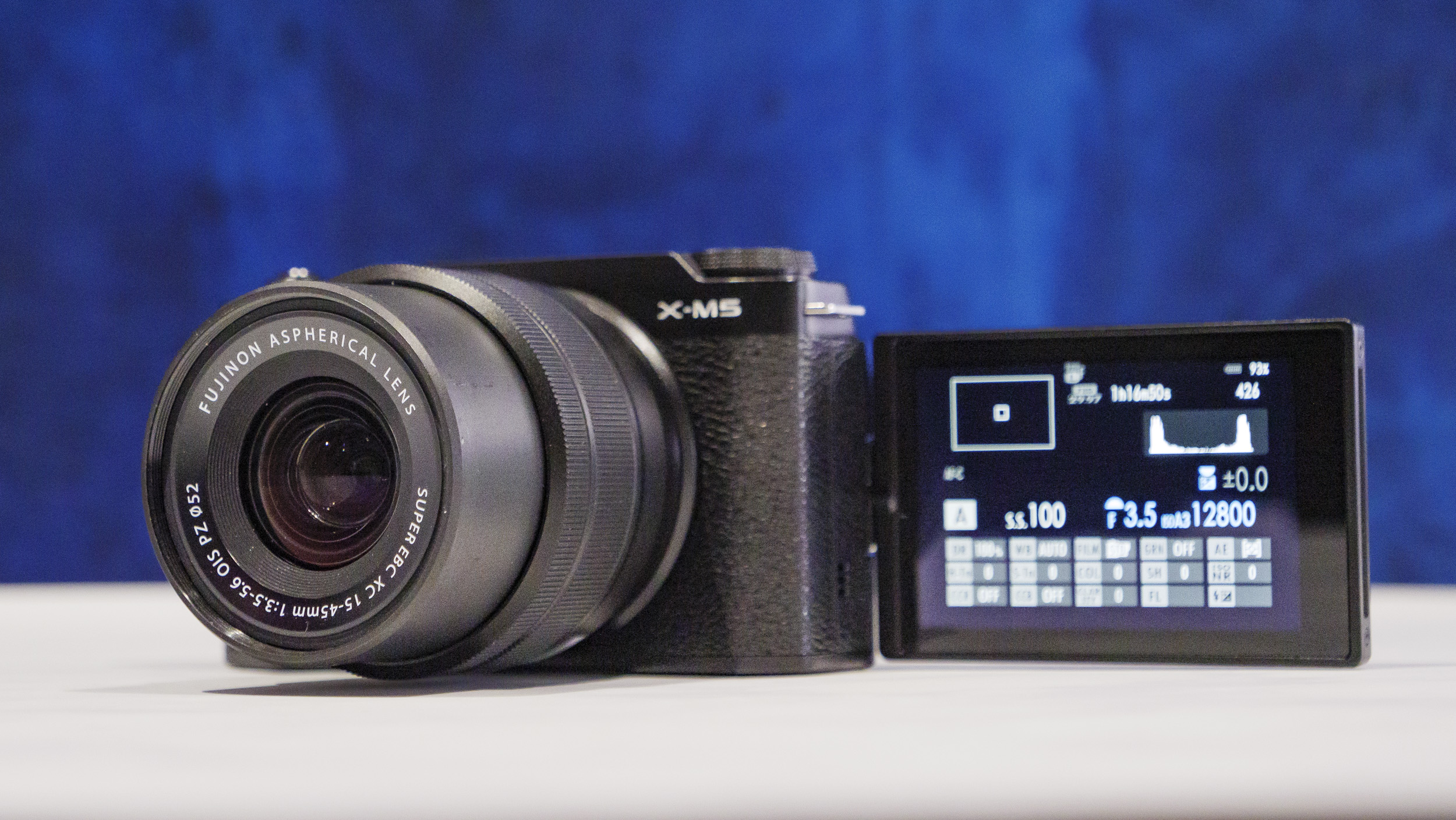
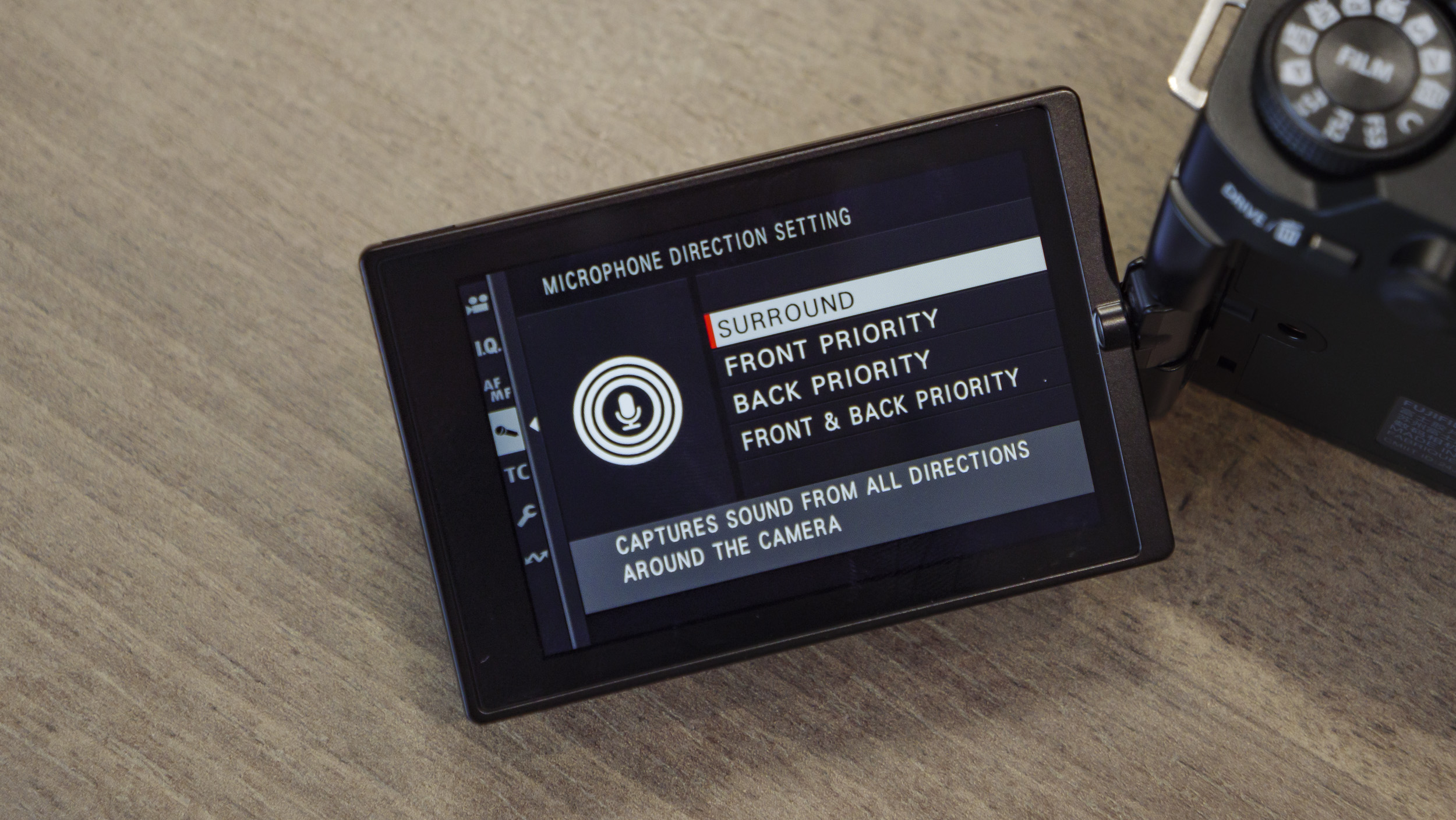
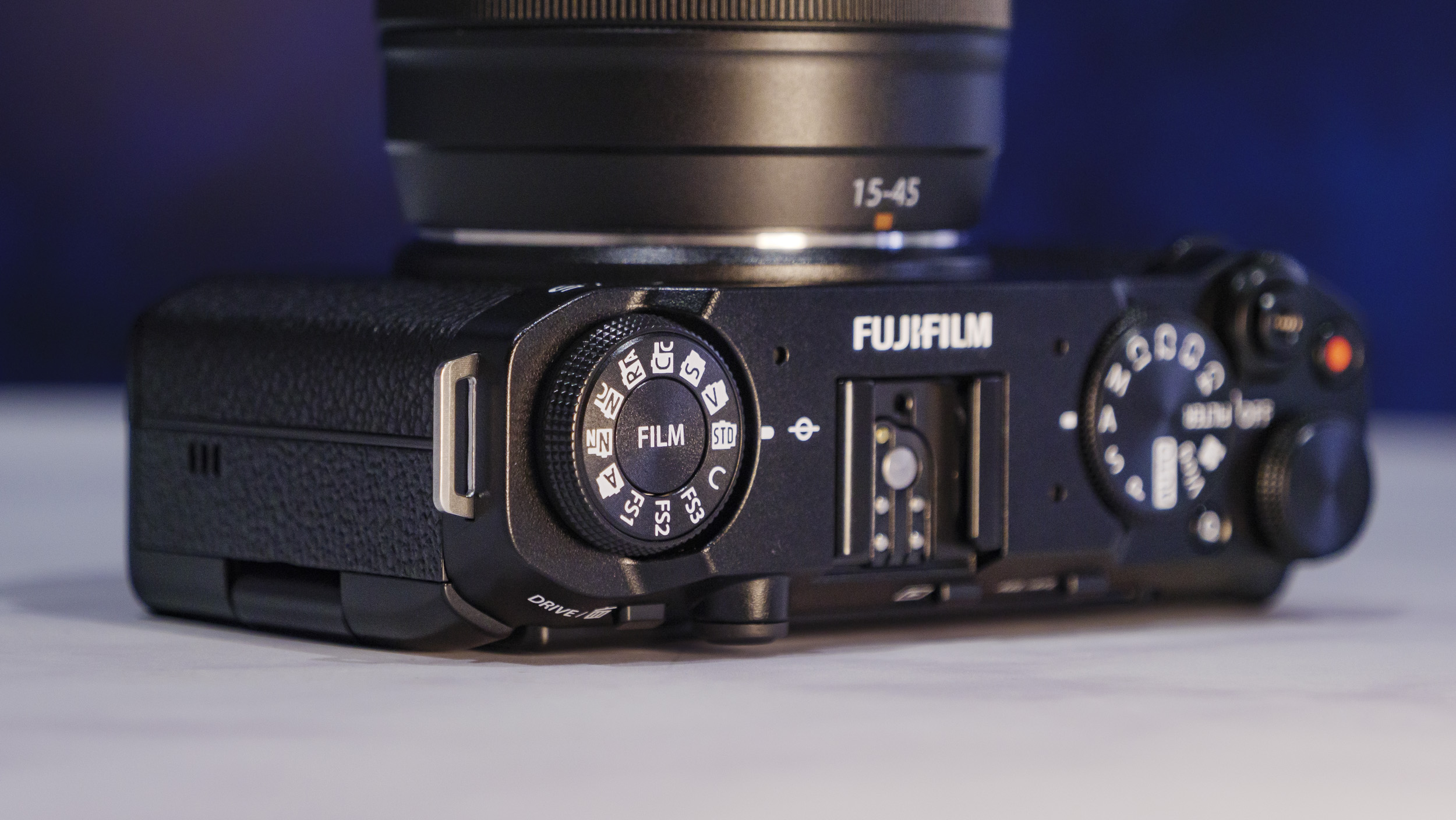
Specifications
Reasons to buy
Reasons to avoid
✅ You want a compact vlogging camera: Lightweight and tidily packaged with an articulating screen, this is a travel-friendly vlogging camera.
✅ You like to swap lenses: Part of Fujifilm's X-mount system, the X-M5 works with a wide range of glass, giving extra versatility.
❌ You shoot run-and-gun video: No in-body image stabilization mean the X-M5 isn't the best for handheld videos on the move.
❌ You'd like a viewfinder: The X-M5 keeps its dimensions down by ditching a viewfinder, which keen photographers will miss.
Our in-depth X-M5 review concluded that the the dinky and retro mirrorless camera by Fujifilm offers unbeatable bang for buck for video creatives. Top features include 6K open gate 10-bit video recording, a handy vertical video vlog mode, together with Fujifilm's gorgeous color profiles that are now accessible directly through a film simulation dial on the camera's top plate. What's more you can import custom color profiles and save your own 'recipes' as a custom setting on that dial. These are ridiculous specs for the money.
The X-M5's design is more than just its looks too. There's well thought-out touches such as the ports being on the opposite side of the flip-out touchscreen's hinge, meaning any connected accessories stay out the way, while the mic port is also conveniently placed by the camera's hotshoe. If you're lacking a mic, the X-M5's built-in directional mics are a great starting point for audio too.
Unsurprisingly given the low price point, the X-M5 lacks in-body image stabilization so you'll have to make to with electronic stabilization for handheld shots on the move, or look into getting a gimbal, while the camera itself might feel too dinky for large hands to control easily. However, there are so few compromises in this stellar camera that doubles up as an excellent every day camera, while the X-series has plenty of incredible lenses to choose from.
Read our in-depth Fujifilm X-M5 review
The best value GoPro
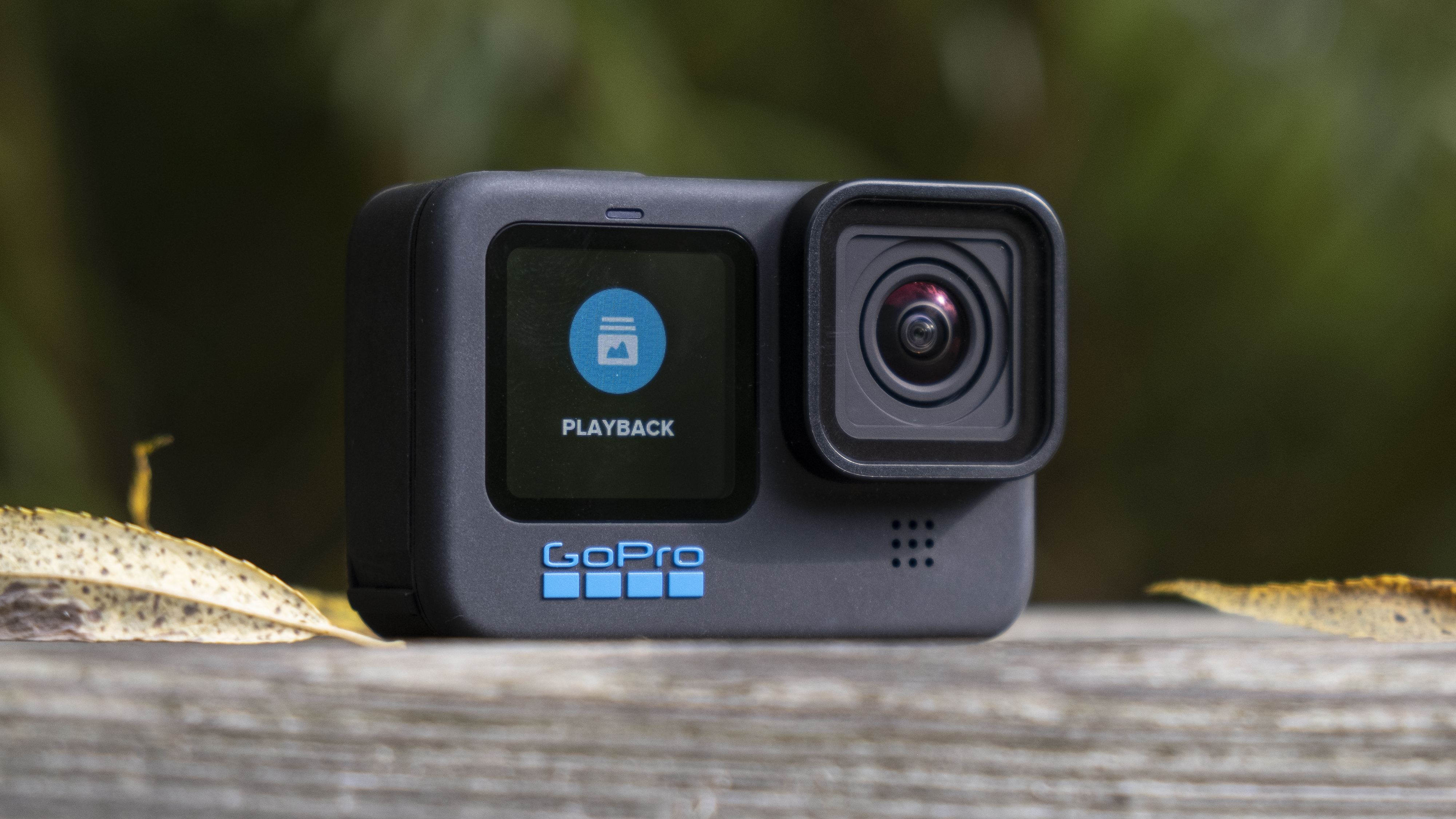
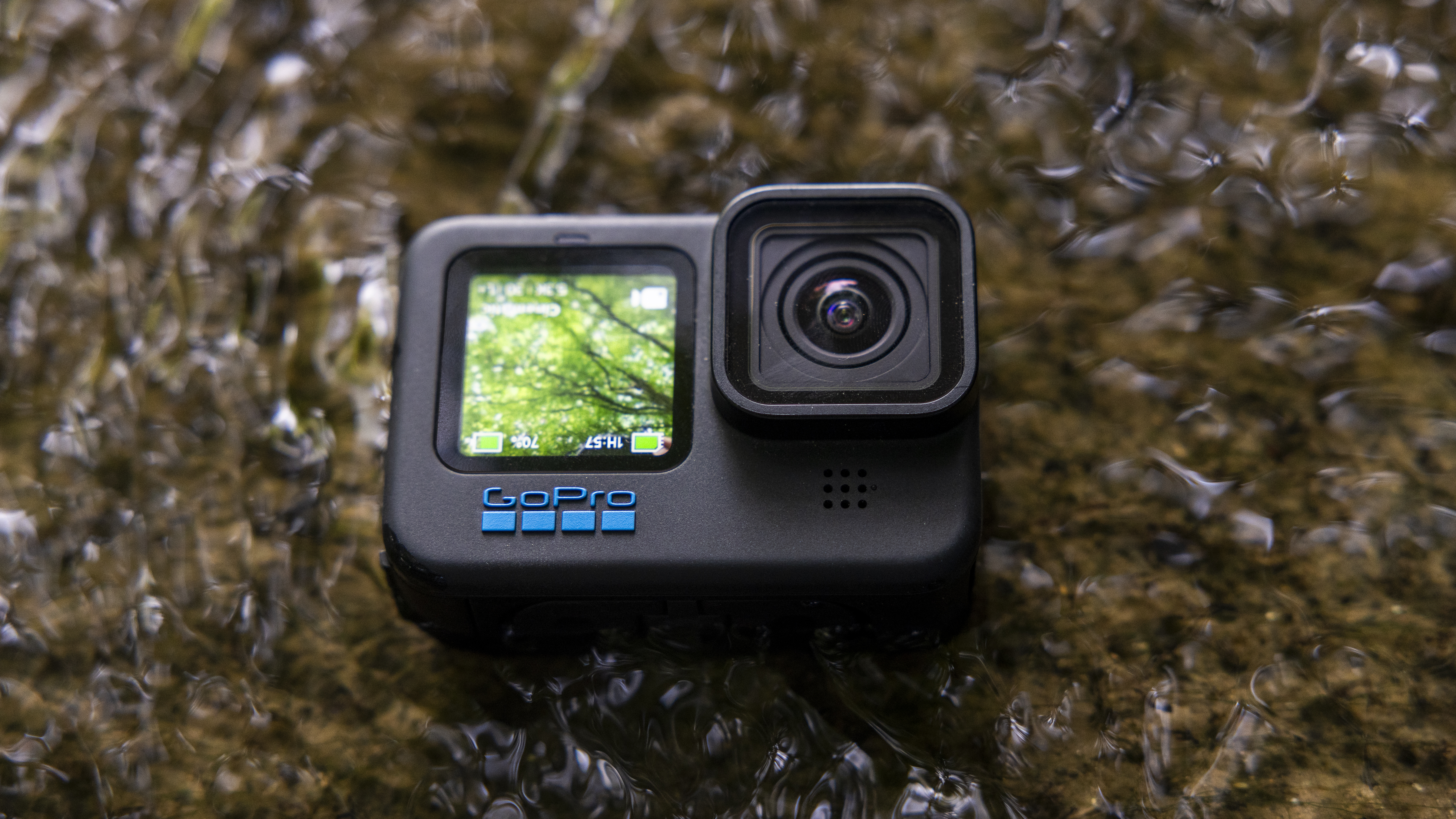

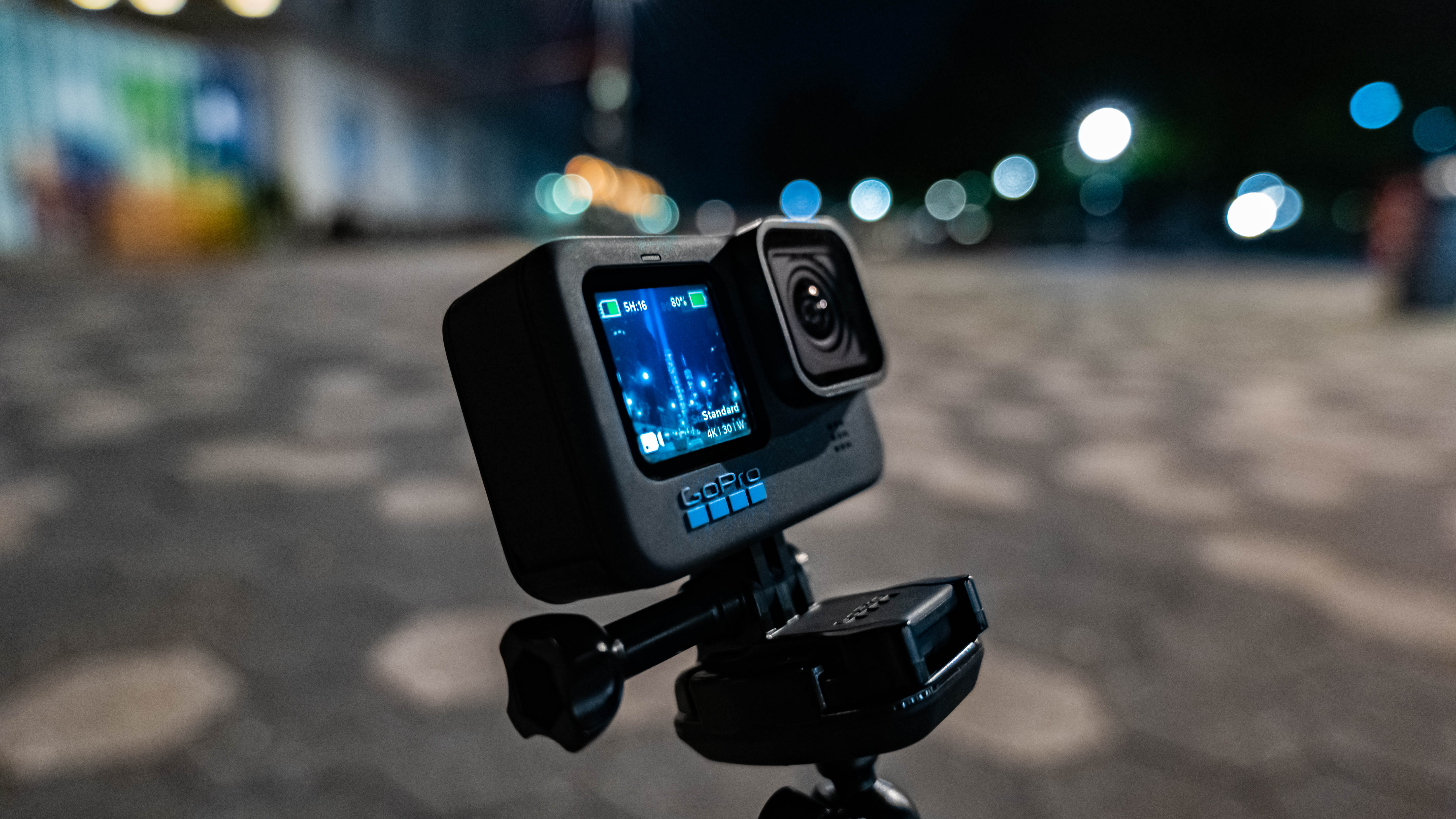
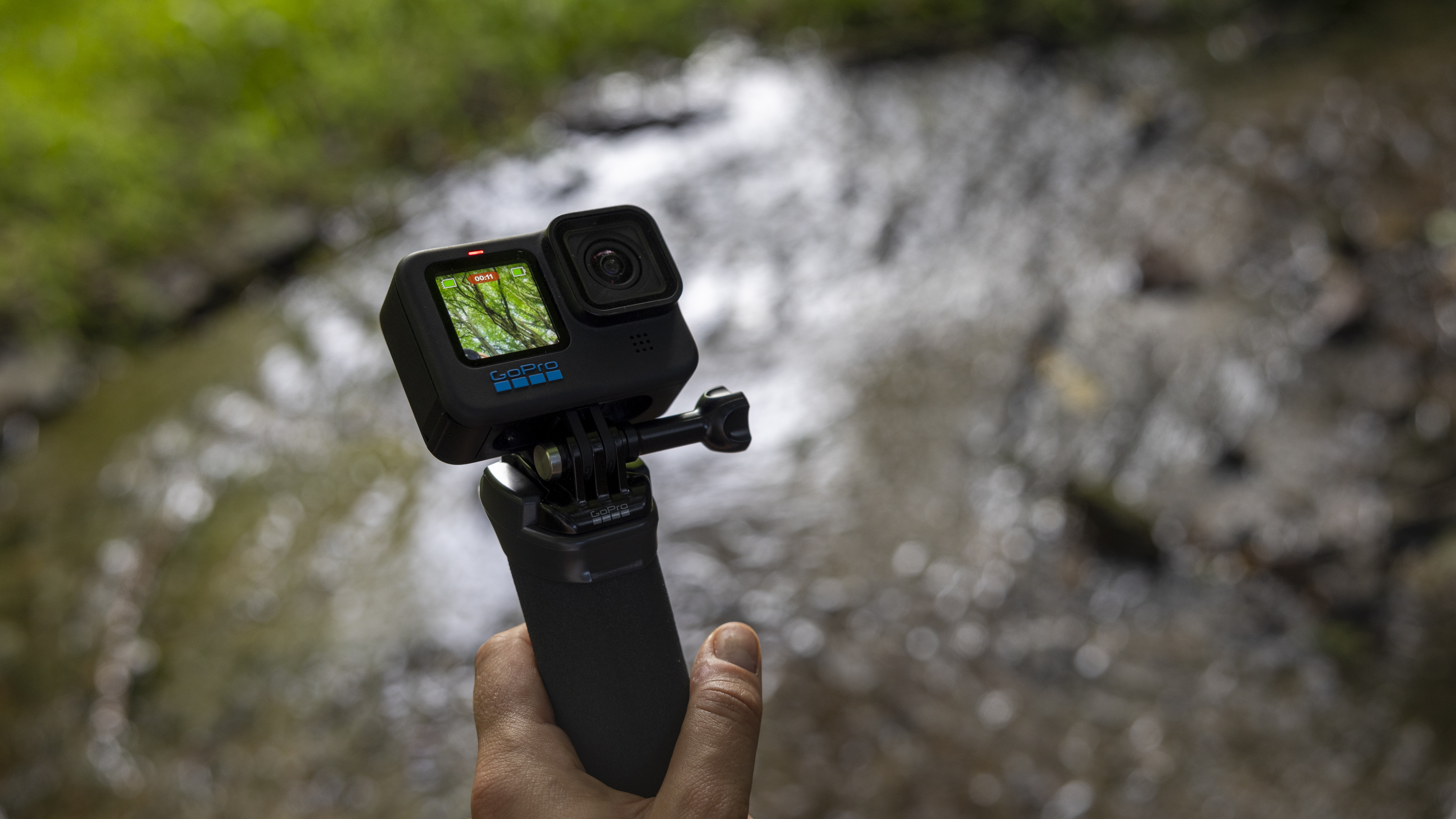
Specifications
Reasons to buy
Reasons to avoid
✅ You want a versatile, value action camera: A former flagship from a few years ago, the Hero 10 Black still has plenty going for it.
✅ You don't need flagship features: The Hero 12 Black is sharper and smarter, but the Hero 10 Black still shoots quality 4K video.
❌ You want the most cinematic video: Newer models offer 10-bit video and color profiles that give more cinematic visuals.
❌ You want to spend the least you can: There are cheaper action cameras out there, if you're happy to lose the GoPro name.
The latest GoPro is the Hero 12 Black, which makes the Hero 10 Black two-generations old. However, we think it remains an excellent choice if you want a good-value GoPro that has the skills to capture smooth, sharp 4K footage. In testing, we found the quality of 4K/120p video genuinely impressive, while its responsive touchscreen makes it a better choice than the GoPro Hero 9 Black. We found it more versatile and fun to use than its predecessor. With GoPro's effective HyperSmooth stabilization available across most shooting modes, it's also an ideal tool for recording 4K handheld vlogs, while its waterproof build makes it more durable than your smartphone.
The GoPro Hero 12 Black offers a higher resolution 5.7K multi-aspect 4:3 sensor with greater editing flexibility, while the marginally pricier DJI Osmo Action 4 probably represents better value overall. But if you want a GoPro action camera for less than flagship money, we think the Hero 10 Black is a great choice. It's easily the best-value GoPro you can buy in 2024.
Read our in-depth GoPro Hero 10 Black review
Also consider
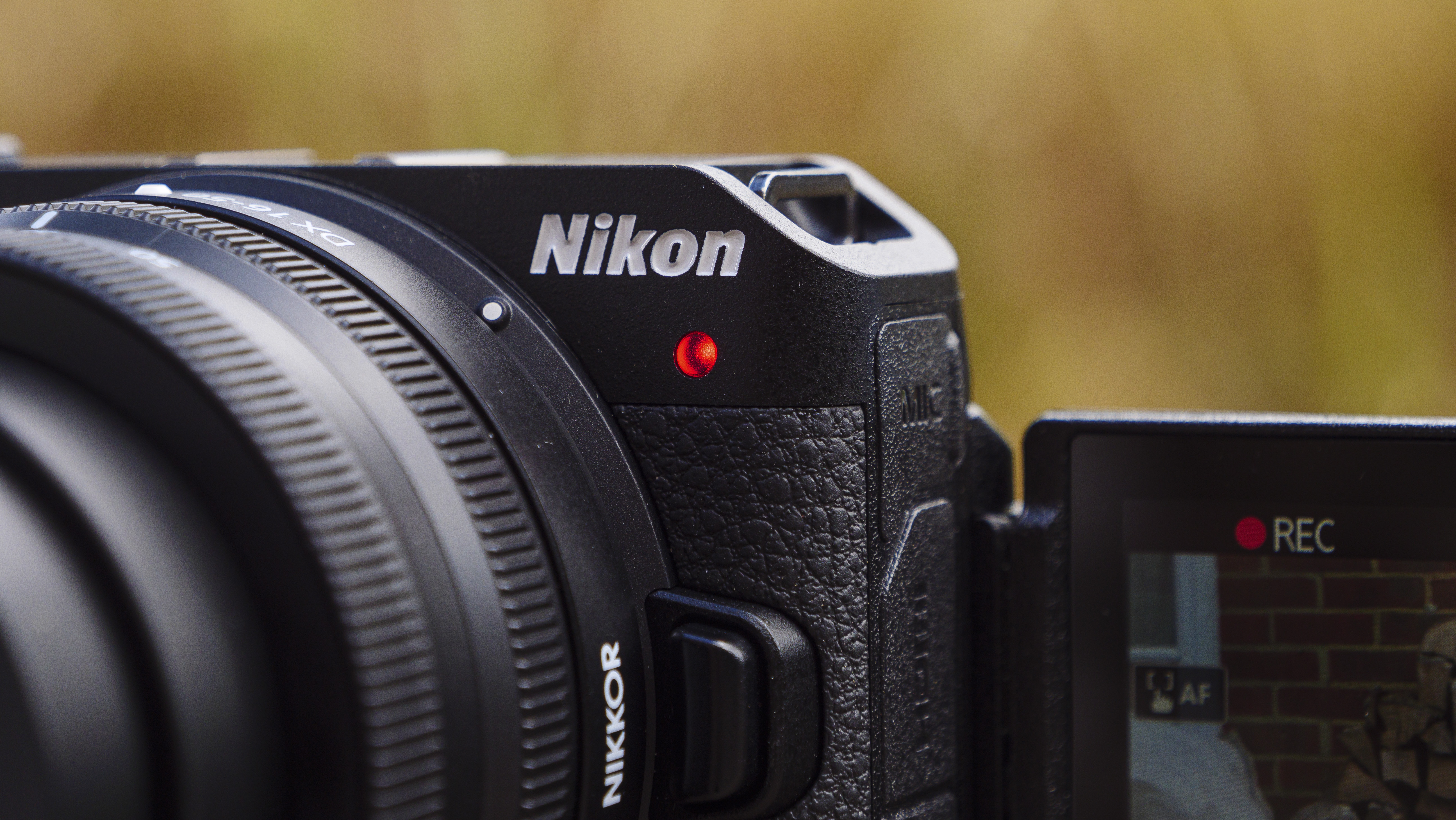
With just six models making our best cheap video cameras shortlist, there are naturally other excellent models that missed out. Here's the best of the rest:
Sony ZV-E10: vying with cameras like the Fujifilm X-M5, the ZV-E10 is also a mirrorless camera system with a superb choice of lenses, and it also has a large APS-C size sensor for smartphone-beating video quality. The 4K camera has been updated with the pricier and more powerful ZV-E10 II. If you can live without the mark II verion's upgrades, then the older model can now be had for bargain prices.
Nikon Z30: Nikon's cheapest mirrorless camera is the video-focused Z30. It has the same excellent 20.3MP APS-C sensor as pricier Nikon mirrorless cameras, but comes in cheaper given it lacks a viewfinder. For video that's no big miss, and you also gain features such as a tally lamp, while there are vlogger kits available. We'd like to see more lenses available for the Z30, but its 16-50mm kit lens is better than rival's offerings.
Panasonic G100D: A vlogging-centric camera, the Lumix G100 offers superb 4K video bang for buck, in a compact travel-friendly design. It's part of Panasonic's micro four thirds lens mount with plenty of superb optics at your disposal, and boasts innovative built-in audio. Autofocus could be better, while there's a 4K video crop, but this remains another excellent value option.
How to choose the best cheap video camera for you
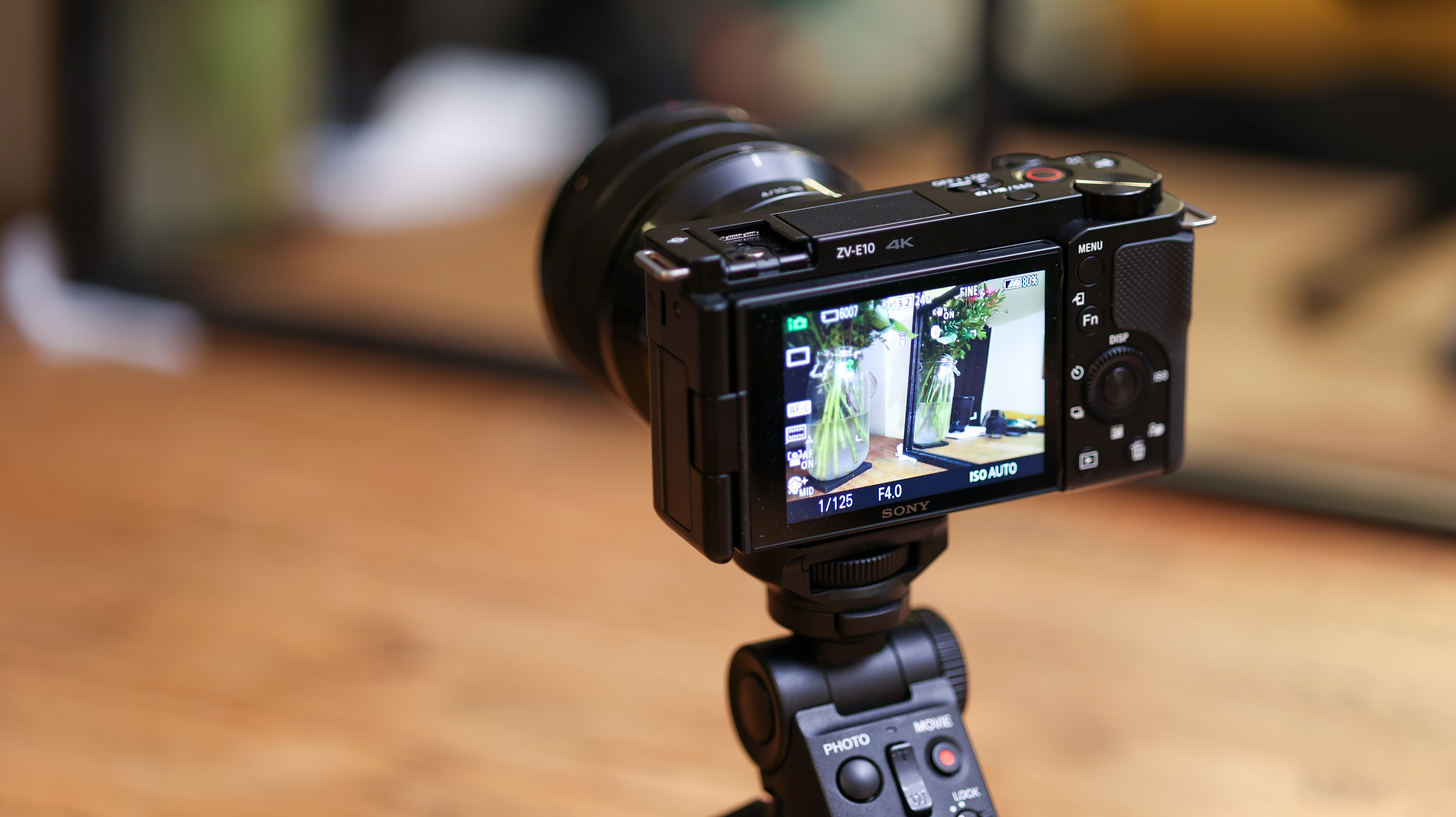
How to choose the best cheap video camera in 2025
There are a number of important factors to consider when choosing a video camera, with perhaps the most obviously important being the image quality.
Resolution
You should first consider the resolution(s) offered by any potential camera, as well as the frame rate(s) on offer. Resolution gives an indication of the level of detail that’ll be visible in your movies (4K is more detailed than 1080p, which is more detailed than in 720p, and so on).
Frame rate
Frame rate determines how smoothly video plays. Recording at a high frame rate also gives you the option of slowing the video down to create smoother, non-choppy slow motion, either in-camera or in an editing app in post-production. Standard video frame rates are 24, 25 and 30fps. A frame rate of 60fps is able to slow down to half speed, while 120fps is a quarter speed and so on.
Image quality
You should note that resolution isn’t the only criterion that affects detail, however: 1080p footage with strong contrast, high dynamic range and low noise can appear a lot more detailed than noisy, flat-looking 4K footage – which is why other aspects like sensor size and the lens being used are also important things to consider.
Autofocus
Autofocus is also important. While all the cameras here have it, some implement it better than others, and if you’re vlogging you’ll almost certainly want a camera with face and/or eye detection and, if possible, real-time face/eye tracking to ensure you’re always in sharp focus even if you move within the frame. Right now, Sony offers the best video autofocus systems in more affordable cameras.
Image stabilization
Image stabilization, meanwhile, can make handheld videos much steadier and less nausea-inducing, and things like long battery life, storage speed/capacity, handling and waterproofing can also be important depending on your particular requirements. DJI and Insta360 stand out here.
Meet the team
Our team of reviewers has countless years of camera experience and testing under its belt, covering all of the latest and greatest cameras in the last 20 years. Each of the cameras that we've selected for this guide has smartphone-beating qualities, whether that's swappable lenses, built-in gimbal for super-steady footage, or 360-degree skills.

Paul is a digital expert. In the 20 years since he graduated with a first-class honours degree in Computer Science, Paul has been actively involved in a variety of different tech and creative industries that make him the go-to guy for reviews, opinion pieces, and featured articles. You'll also find his writing in other places, including Creative Bloq, Digital Camera World, and 3D World Magazine.

Mark is TechRadar's Senior news editor and has been a technology journalist since 2004. Formerly Trusted Reviews and TechRadar's cameras editor, Mark has tested cameras over many years from all of the leading brands.

Tim is TechRadar's Cameras Editor and has been cutting his teeth in the photo and video industry for almost 20 years. He looks after all of TechRadar's cameras content, covering buying guides, features, reviews and news. He knows the benefits of purposeful creativity with a dedicated camera instead of a smartphone.
How we test cheap video cameras

☑️ 100s of video cameras reviewed
☑️ 15 years of product testing
☑️ Over 16,000 products reviewed in total
☑️ Nearly 200,000 hours testing tech
If you've decided you want smartphone-beating video quality in an affordable alternative, there are some key factors to look out for: outright video quality, autofocus accuracy, enhanced image stabilization and decent audio options both in-camera and compatibility with external mics. These are the core areas that we focus on in our real-world tests.
When reviewing any video camera, not just cheap ones, we make sure to record at the camera’s highest available resolution and frame-rate in a range real scenarios, whether that's low light or out and about during the day in a busy city.
We shoot 'run-and-gun' clips to test a camera's stabilization and for any adverse impact any rolling shutter brings. We record audio in quiet and noisy environments using the in-camera mics and check how easy it is to connect to external mics: wired or wireless.
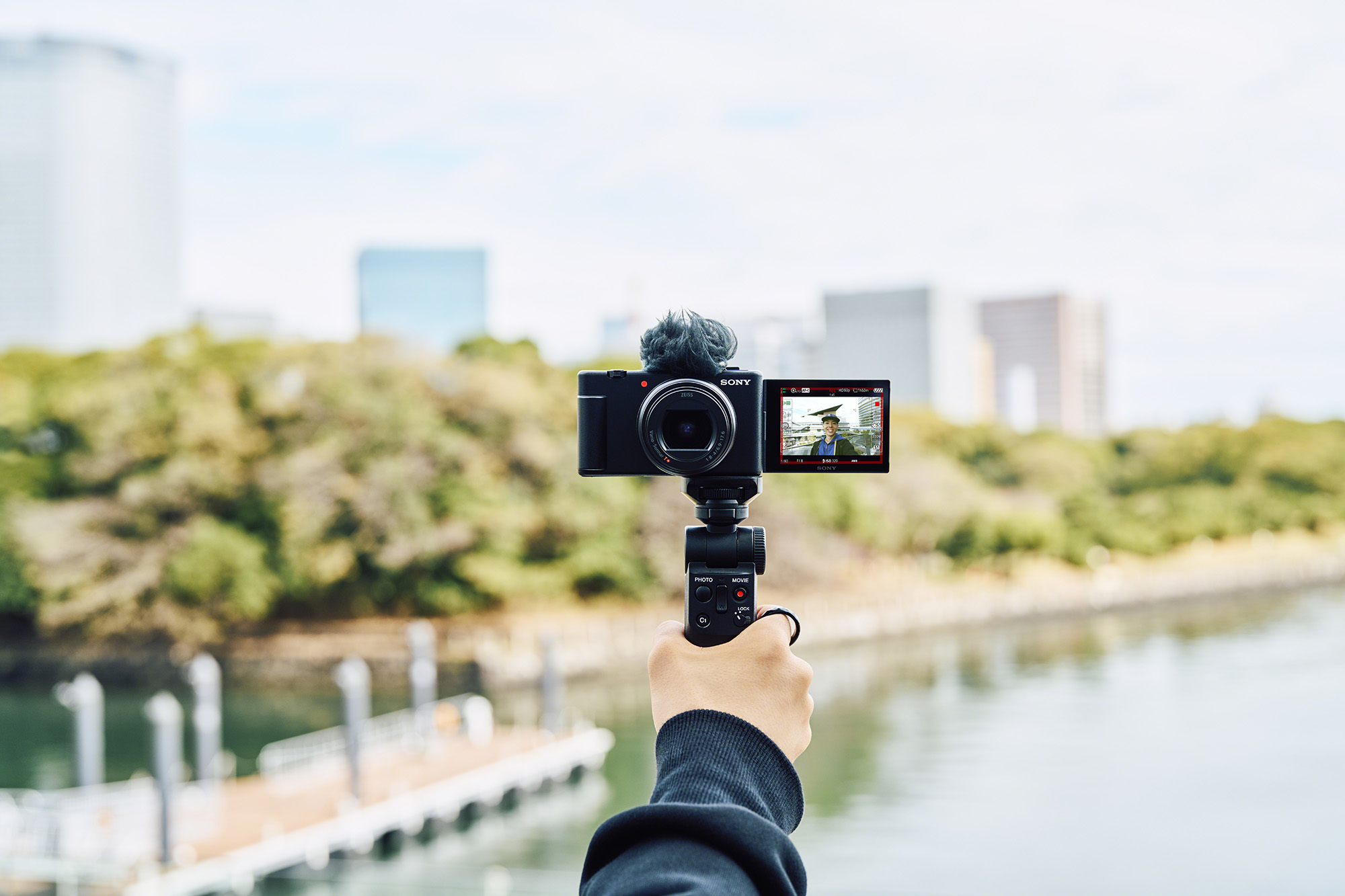
Most cameras in this guide offer enhanced autofocus features, including Face and Eye tracking or subject detection autofocus. We check the accuracy of these systems.
We also shoot in both day and night to check image quality and how well the auto-exposure adapts to lighting changes. Usually features such as flat color profiles that require grading are for pro cameras only – though you get this with the Lumix GH5. For most of the other cameras you select which color profile you like and so we check how good these profiles look.
We test all of the functions offered by a video camera to see how they match up to their closest competitors, then draw informed conclusions based on our overall impression of the camera’s construction, design, features and the quality of its output.
Get daily insight, inspiration and deals in your inbox
Sign up for breaking news, reviews, opinion, top tech deals, and more.

Tim is the Cameras editor at TechRadar. He has enjoyed more than 15 years in the photo video industry with most of those in the world of tech journalism. During his time as Deputy Technical Editor with Amateur Photographer, as a freelancer and consequently editor at Tech Radar, Tim has developed a deeply technical knowledge and practical experience with cameras, educating others through news, reviews and features. He’s also worked in video production for Studio 44 with clients including Canon, and volunteers his spare time to consult a non-profit, diverse stories team based in Nairobi. Tim is curious, a keen creative, avid footballer and runner, and moderate flat white drinker who has lived in Kenya and believes we have much to enjoy and learn from each other.
- Sam Kieldsen
- Chris Rowlands
- Mark WilsonSenior news editor